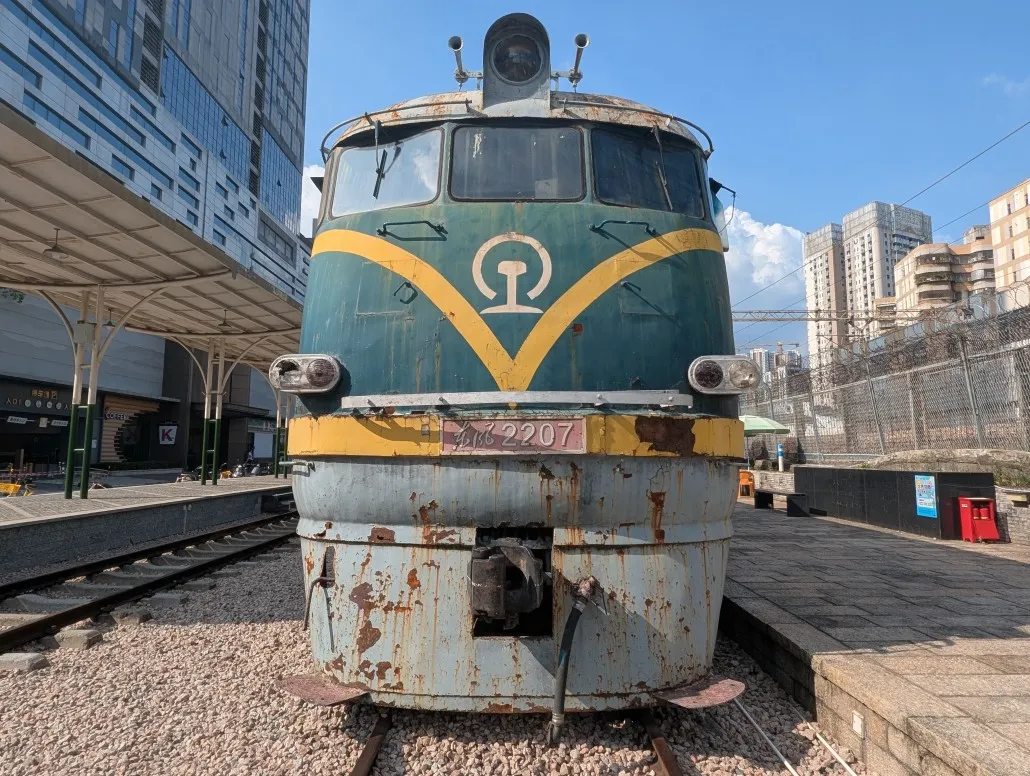
I visited Qingshuihe Railway Park in Luohu District, Shenzhen a few days ago, and I’d like to share what it’s like.
※ Information as of November 2025
Table of Contents
Today’s Qingshuihe Railway Park (also known as Qingshuihe Railroad Park) traces its roots to the Qingshuihe Freight Station of the former Pingnan Railway.
In the early 1990s, as Shenzhen’s economy boomed and logistics demand surged exponentially, the Pingnan Railway—branching off the Guangzhou-Shenzhen Railway (which links Guangzhou and Hong Kong)—was developed into a major logistics artery running through the inland area of northern Shenzhen. Among its key components, the Qingshuihe Freight Station served as a critical logistics hub: it transported massive volumes of cargo arriving from Shenzhen’s ports (such as Shekou Port) to destinations across China by land, functioning as a vital transit node that underpinned Shenzhen’s economic growth.
Later, as Shenzhen’s urbanization expanded at an astonishing pace, the once-suburban Qingshuihe area gradually transformed into an urban district lined with residential buildings and commercial facilities.
With the passage of time, some sections of the Pingnan Railway eventually completed their mission.
However, there was a growing consensus that the tracks and rolling stock from that era should not be completely demolished; instead, they ought to be preserved as industrial heritage—having once supported Shenzhen’s development—to be passed on to future generations.
After land readjustment and conservation efforts, this site was reborn as Qingshuihe Railway Park. Serving as a living witness to Shenzhen’s growth, it continues to be used today as a public leisure space.
〇 Address
Qingshuihe Railway Park, Luohu District, Shenzhen City, Guangdong Province
〇 Nearest Subway Stations
Shenzhen Metro Line 3, “Caopu Station” – approx. 5-minute walk
Shenzhen Metro Line 17, “Luohubei Station” – approx. 15-minute walk
I’ve arrived at Caopu Station.
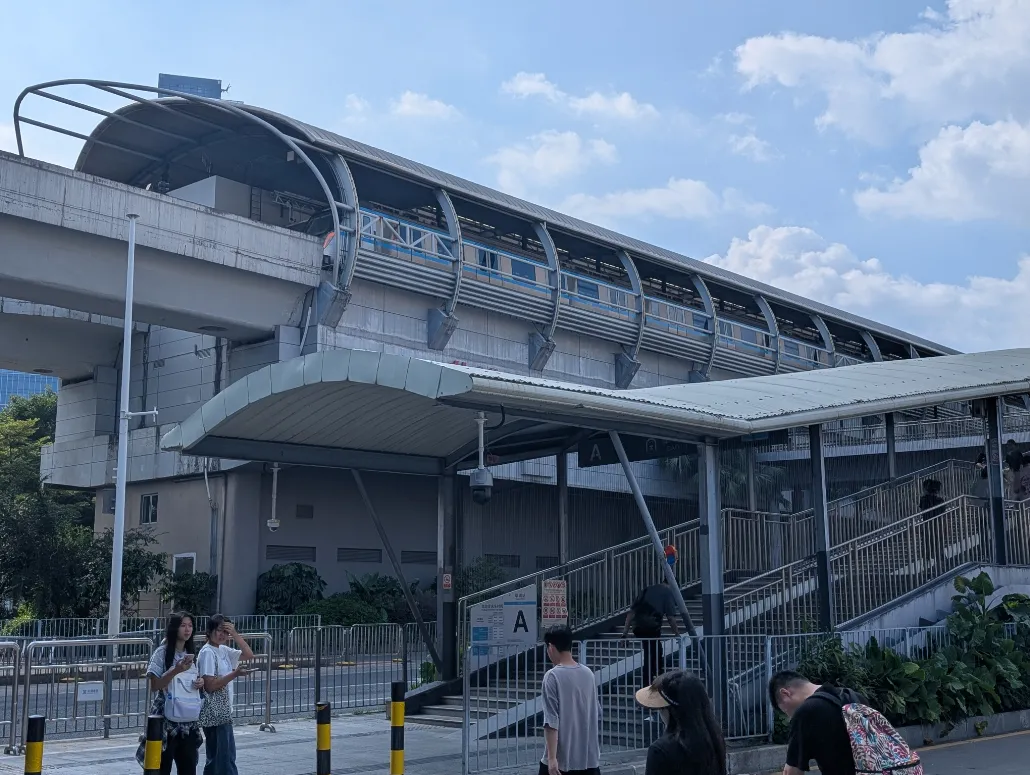
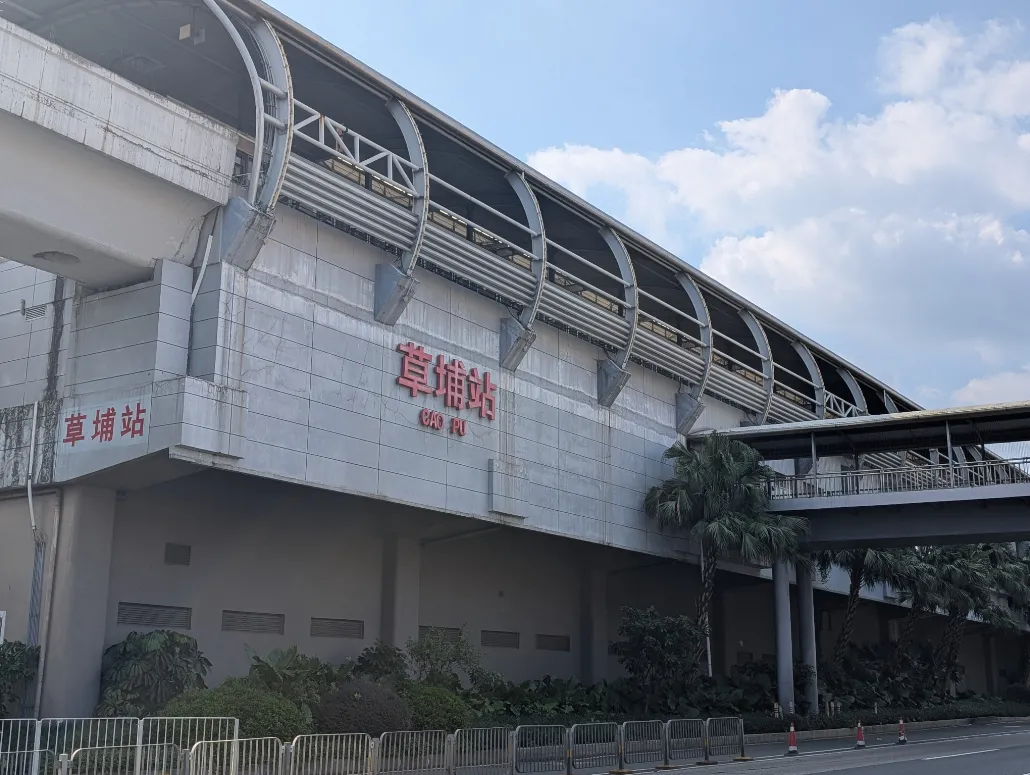
After exiting Caopu Station, head toward Qingshuihe Railway Park.
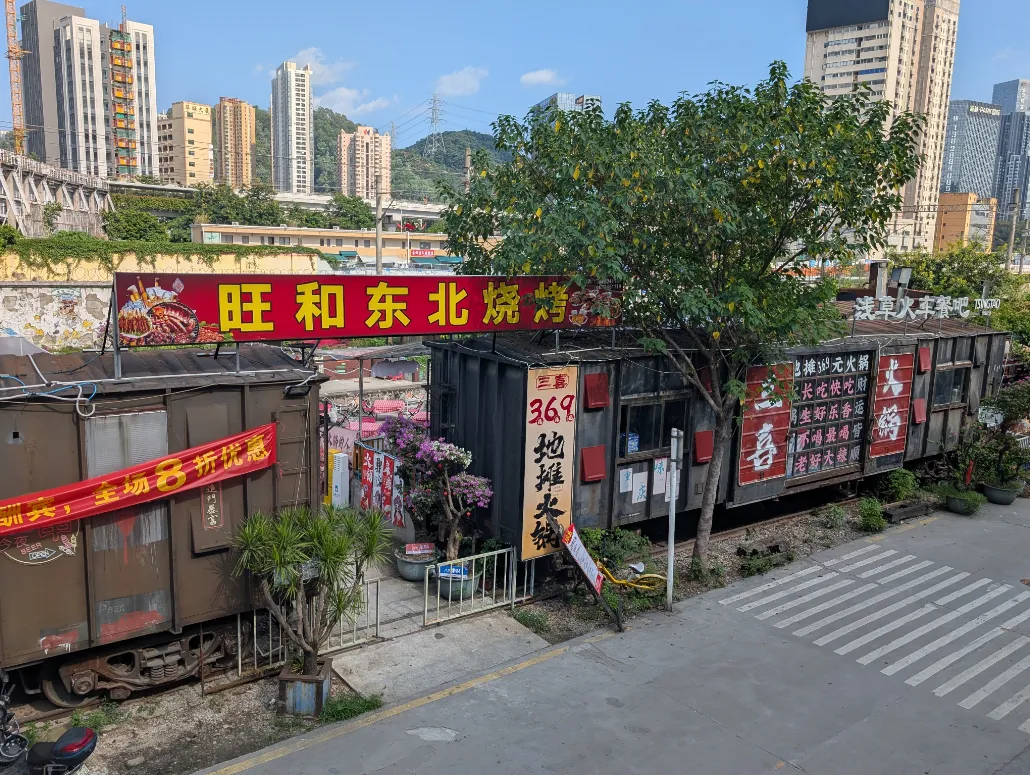
After walking for a short while, you’ll spot the railway tracks.

This is a sign for Luohu Railway Culture Trail.
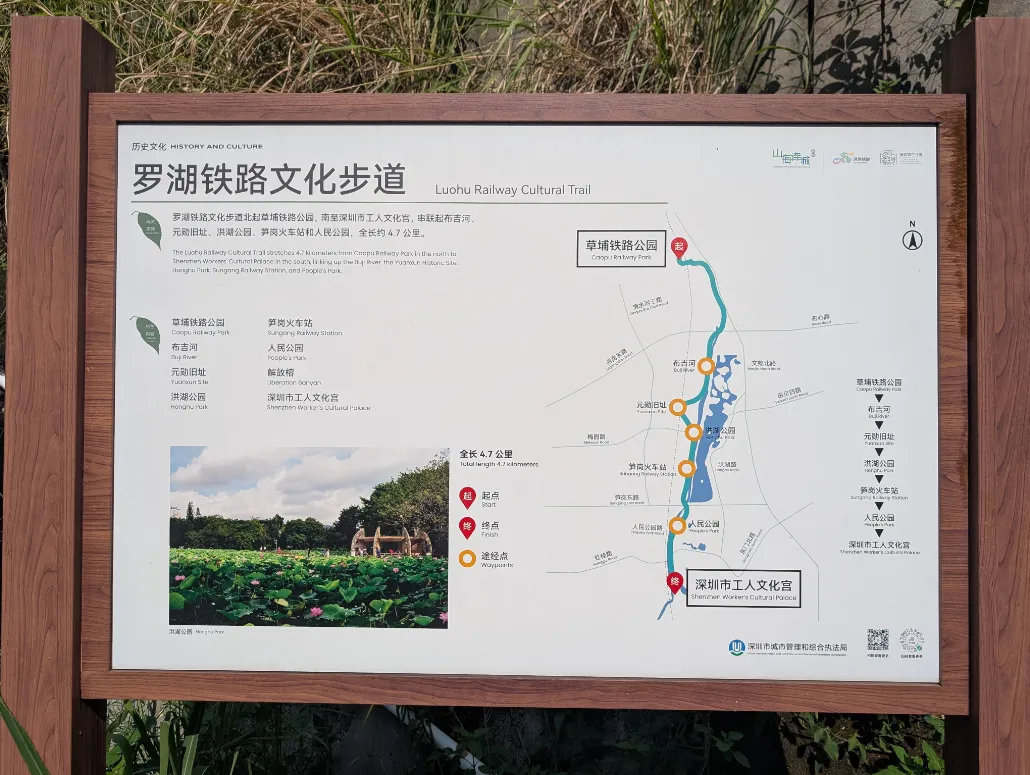
Walk along the railway tracks. Of course, it’s perfectly fine to walk within the track area.
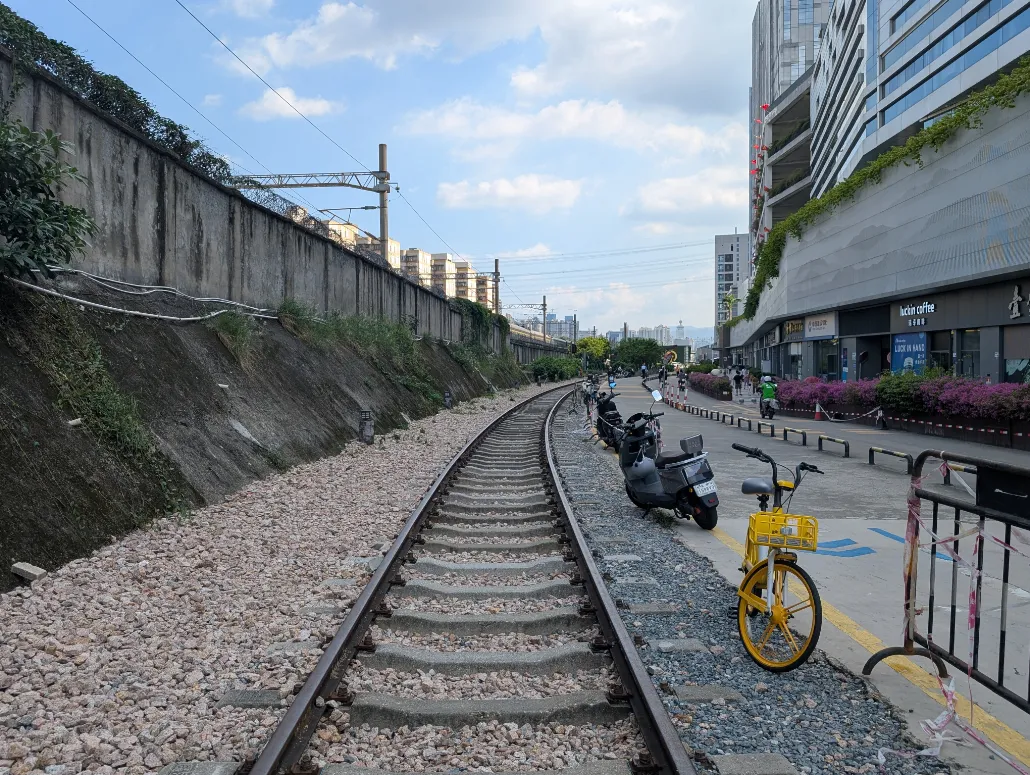
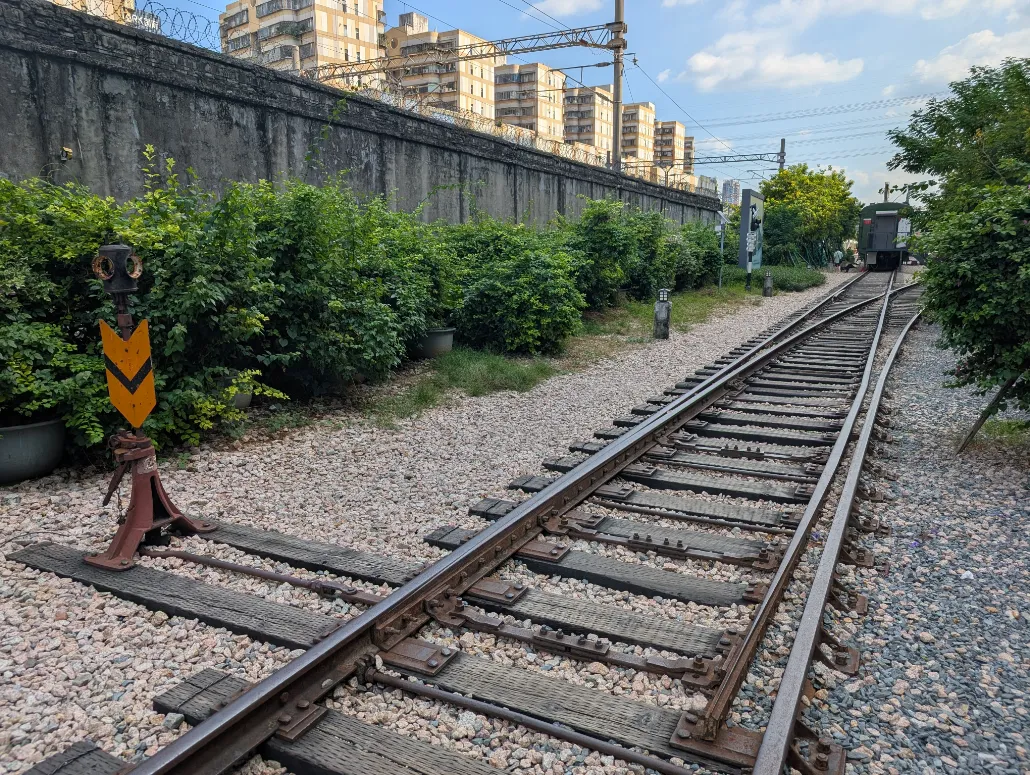
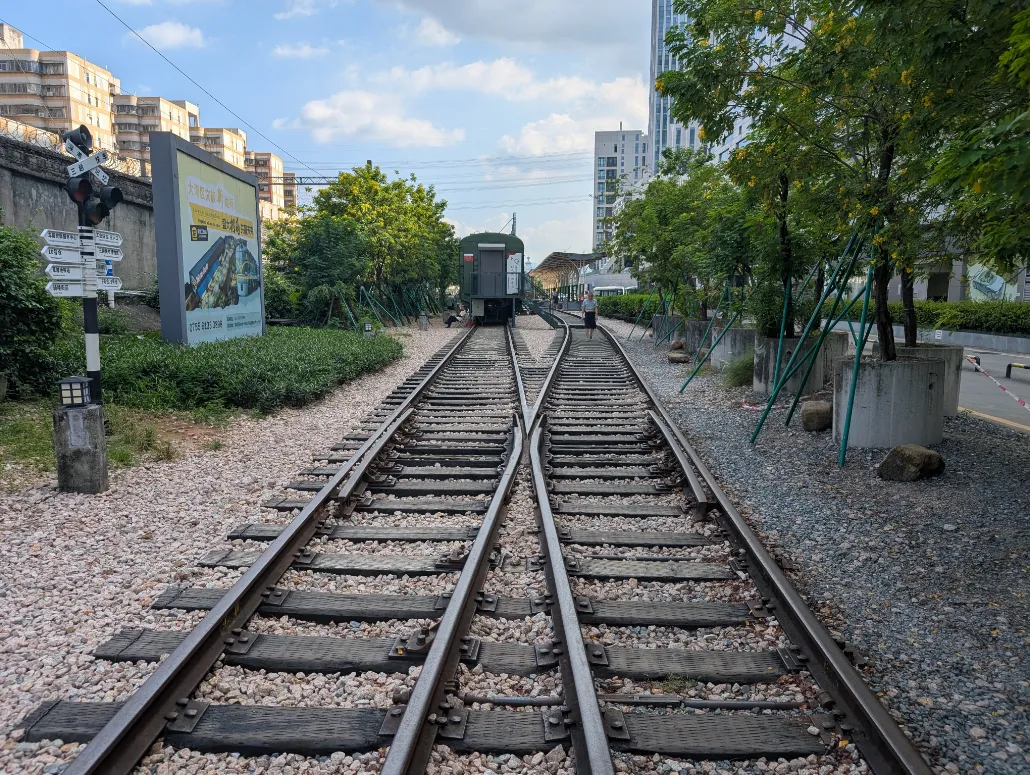
This is probably a level crossing alarm used in the past.

I’ve reached the area where railway rolling stock is preserved.
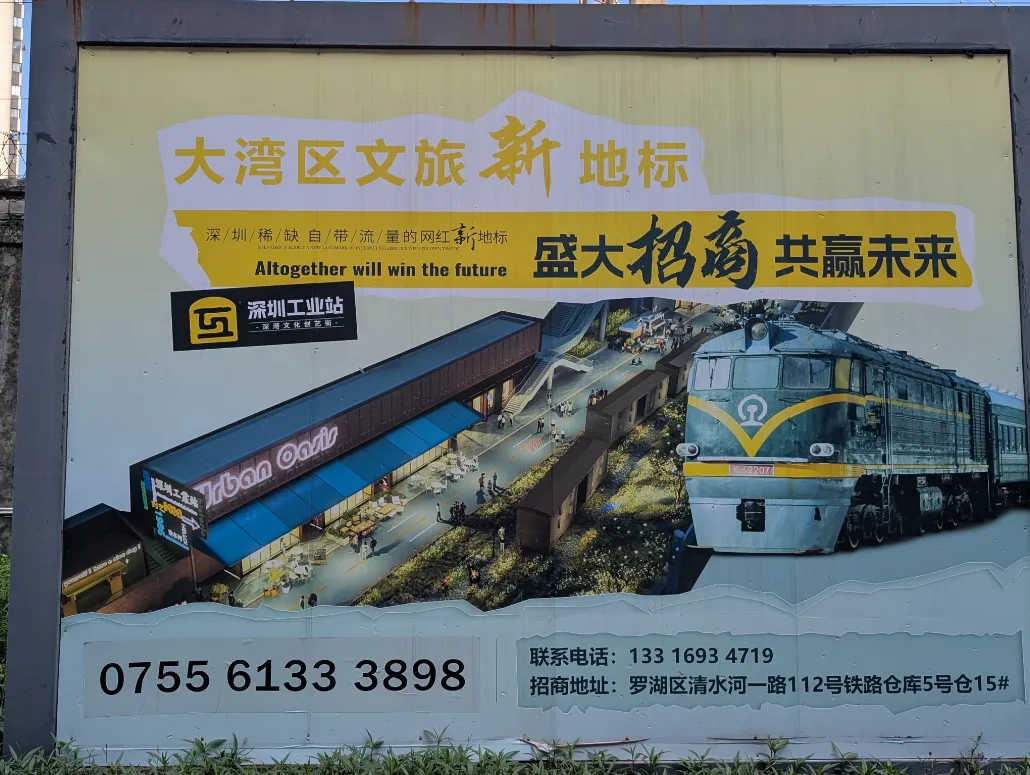
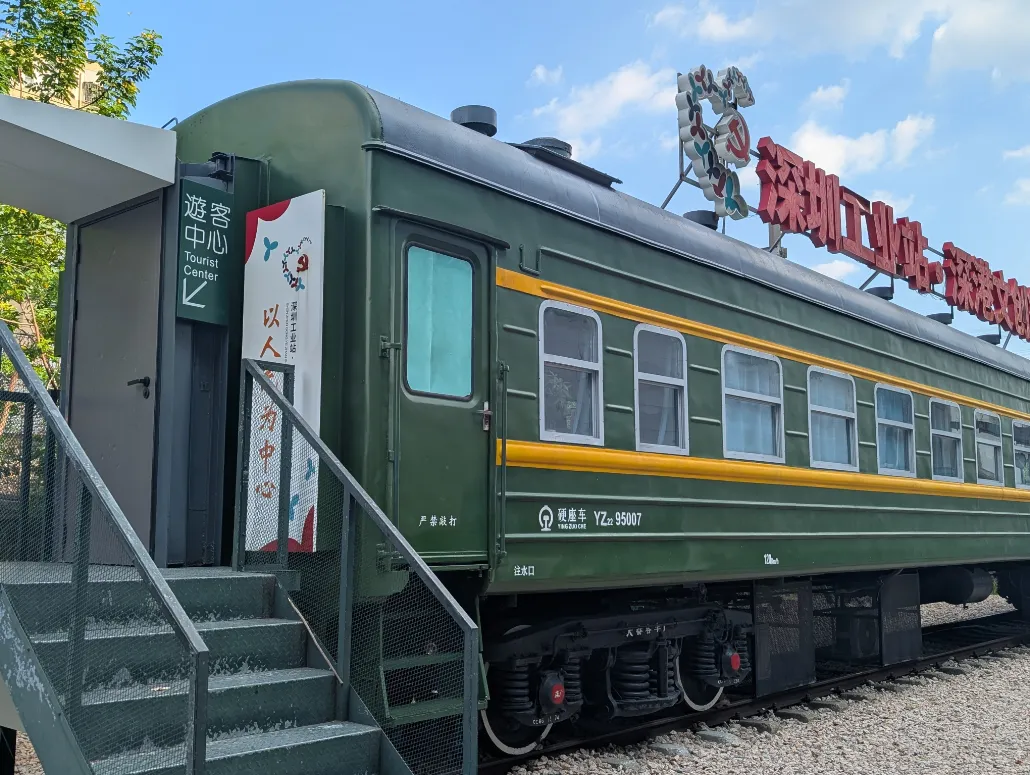
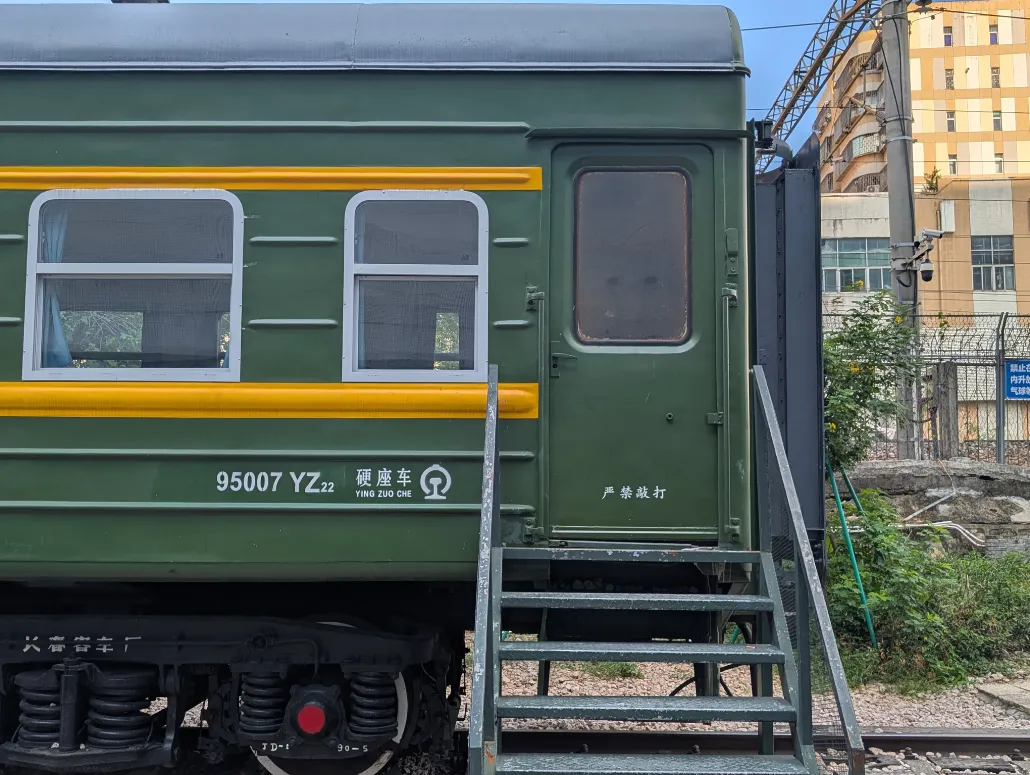
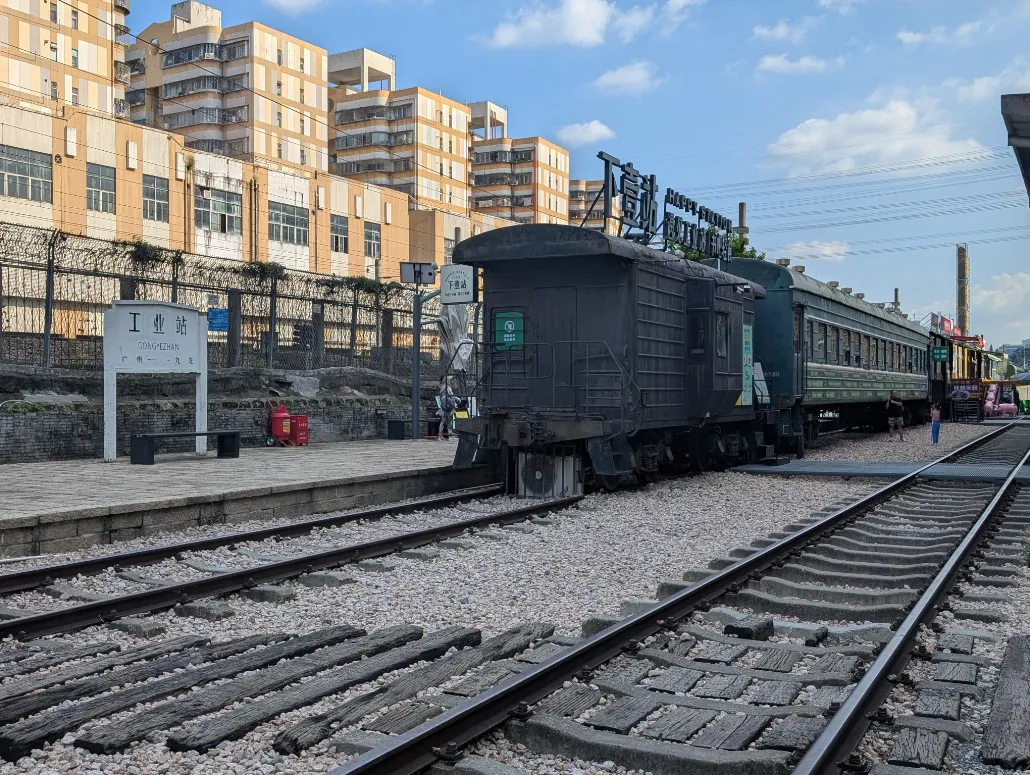
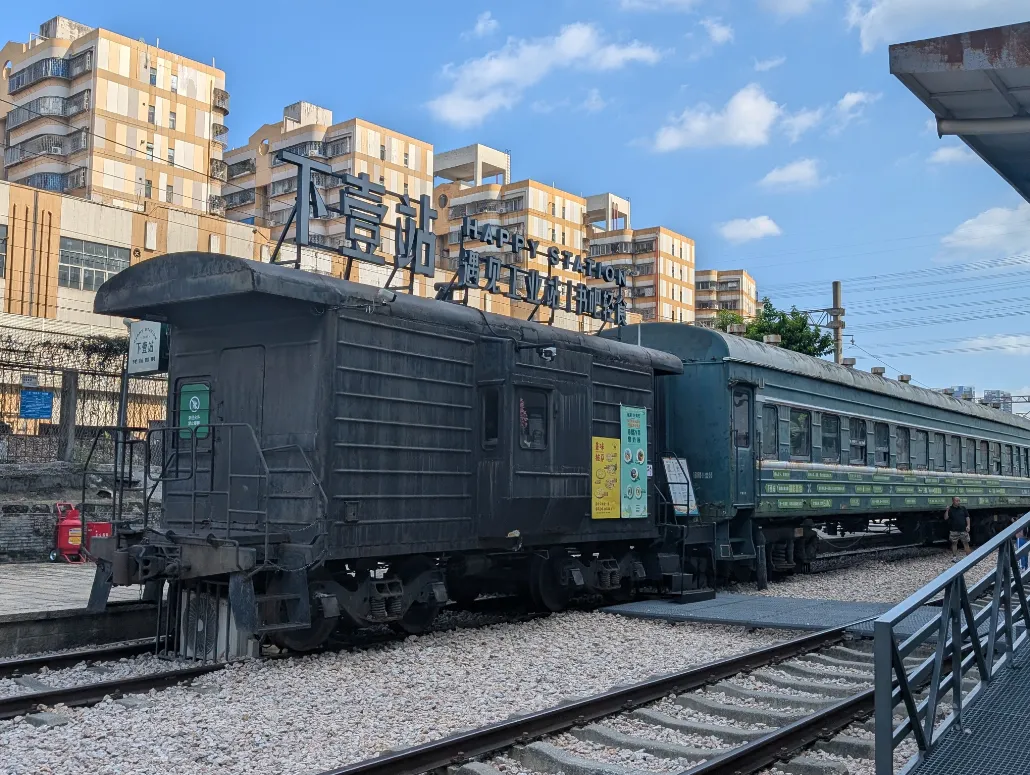


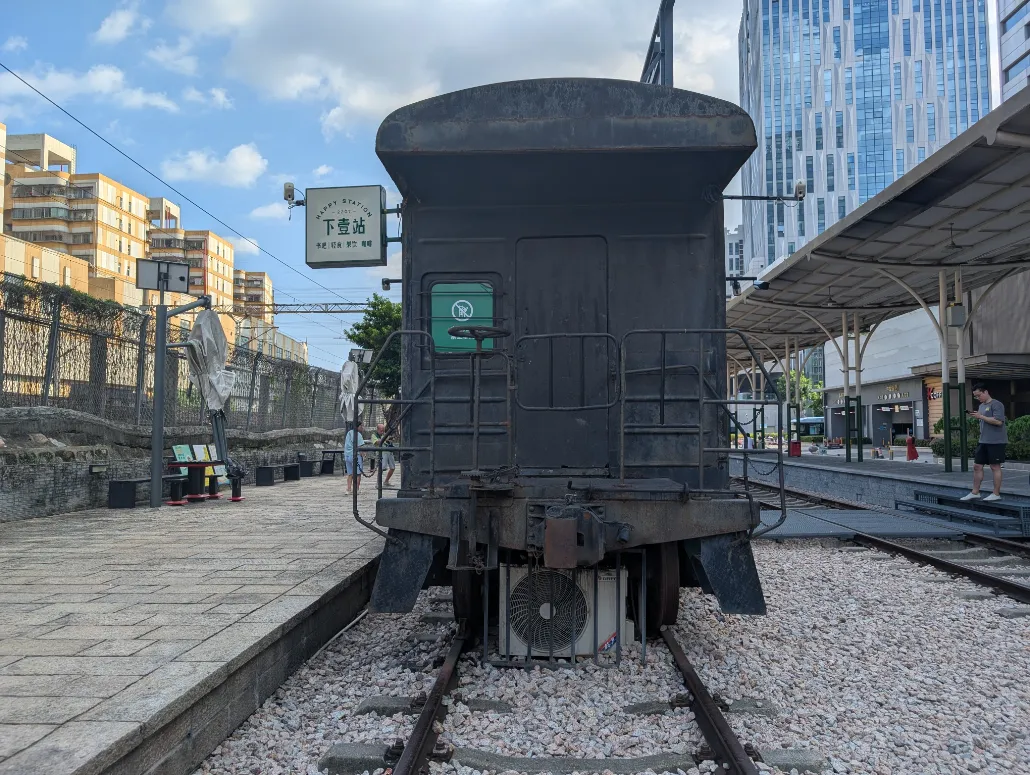

There is a station sign marked “Gongye Station” (Industrial Station).
This station actually existed at the time, and it seems to have served routes to Guangzhou and Kowloon, Hong Kong.

Continue walking forward.
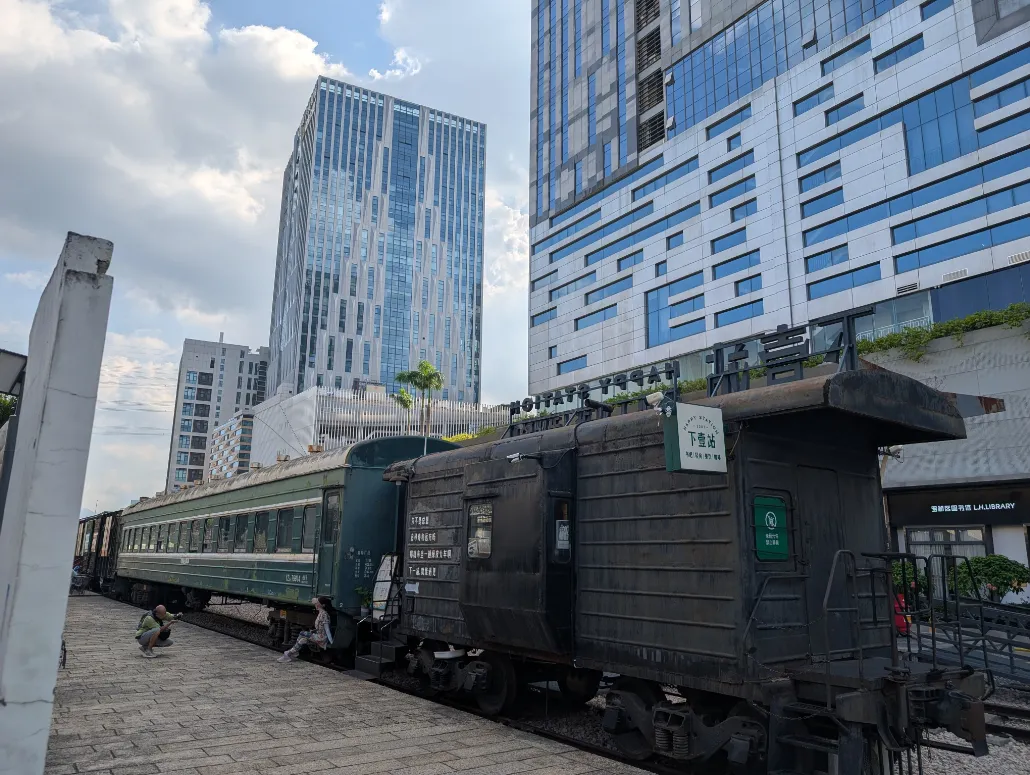

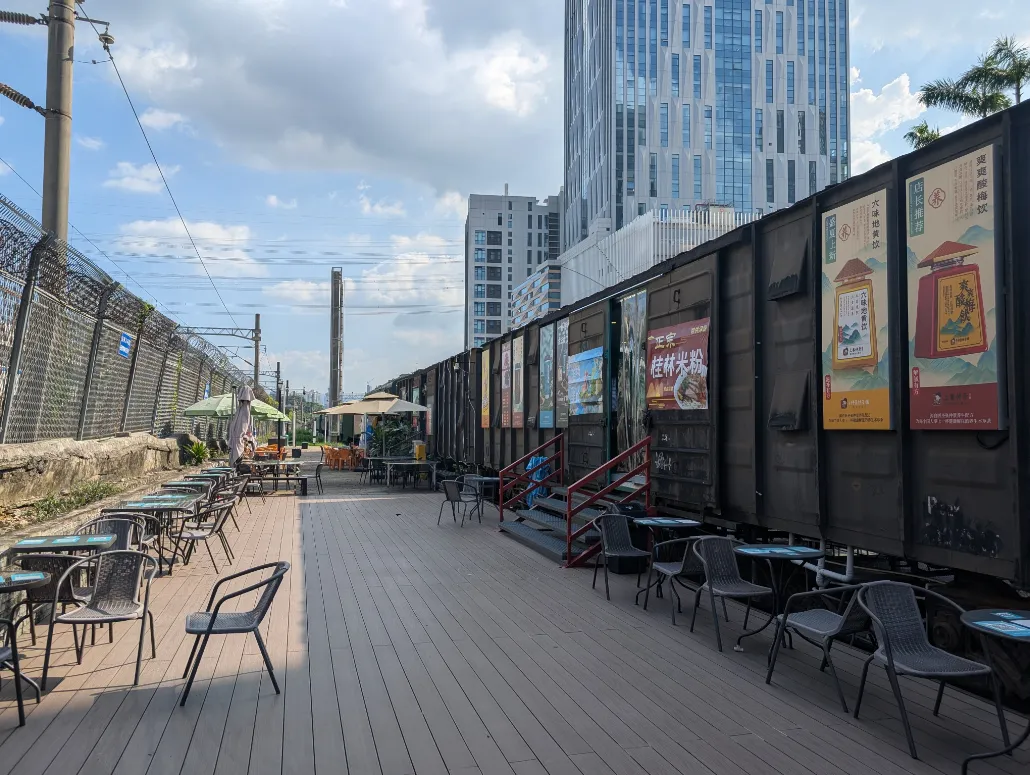
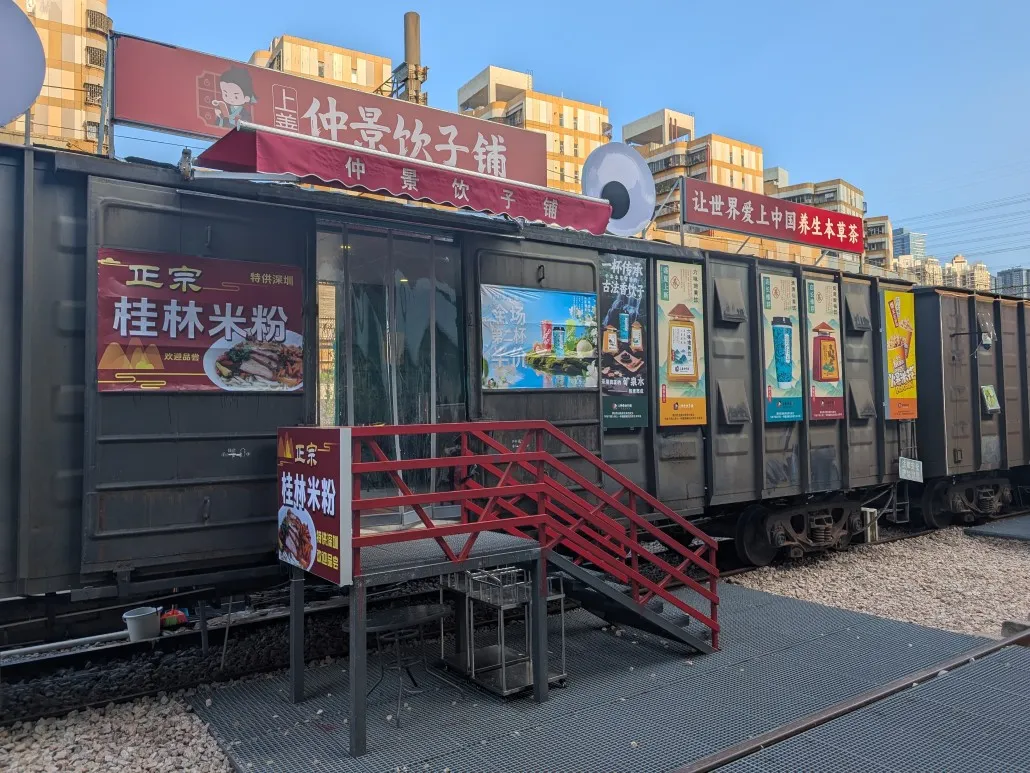



A Dongfeng-type diesel locomotive numbered “Dongfeng 2207” is preserved in static condition.
Its richly textured paintwork and countless marks tell the story of the weight of years gone by.
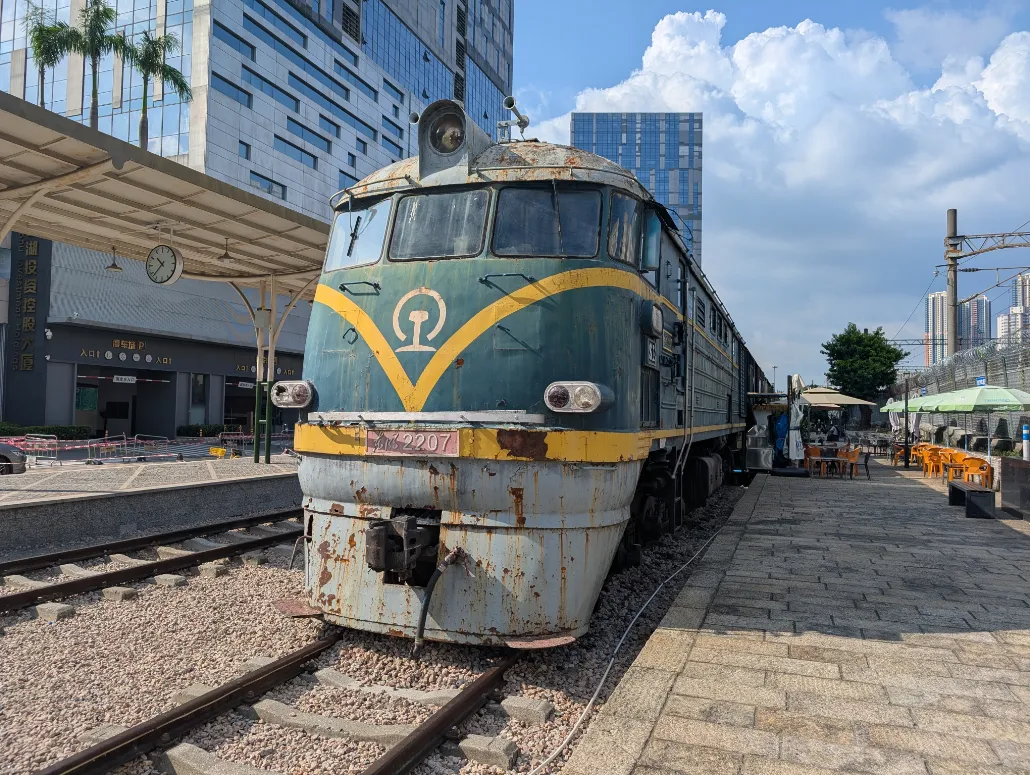
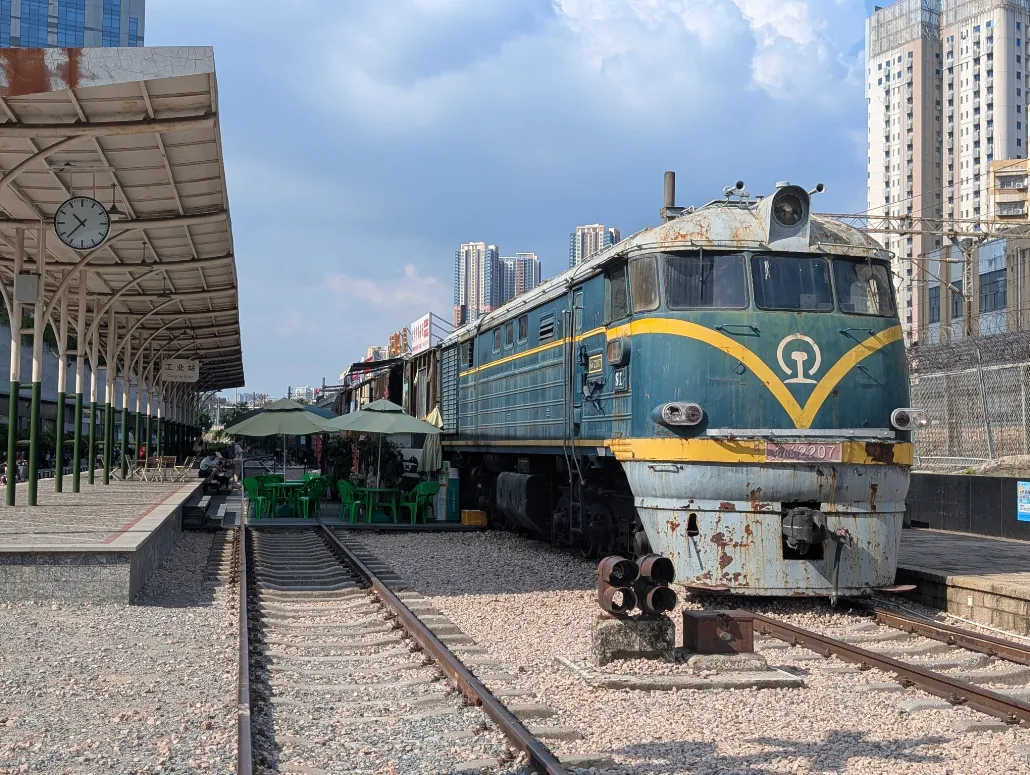
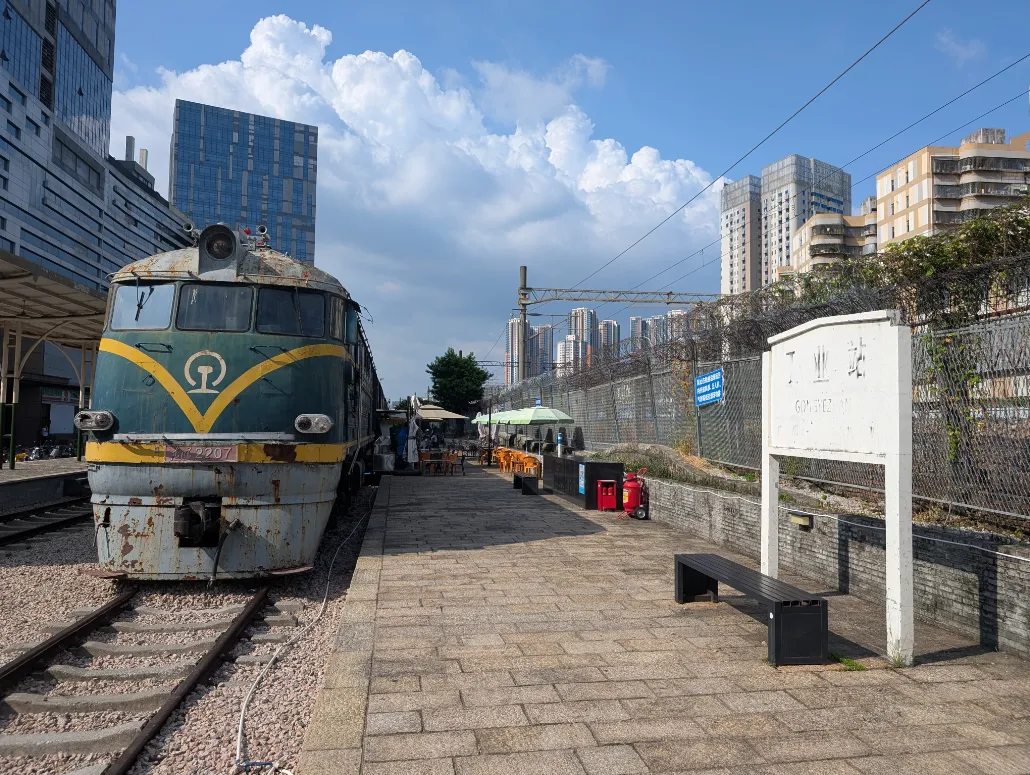

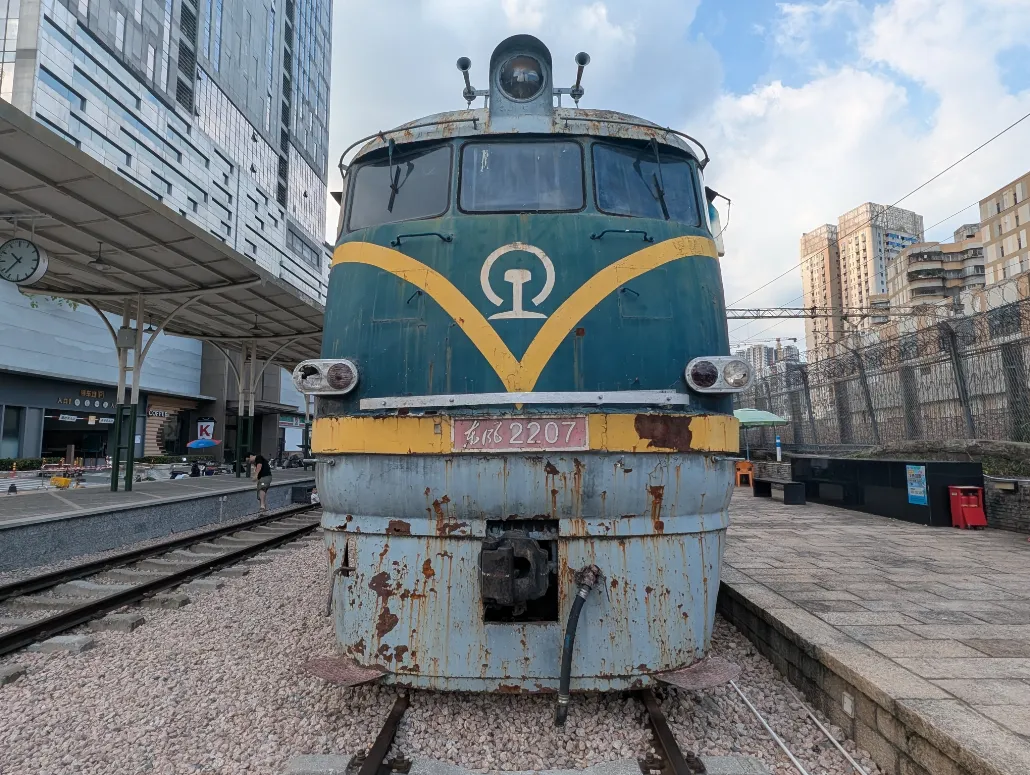


This diesel locomotive appears to have been manufactured by Dalian Locomotive and Rolling Stock Works in 1967.
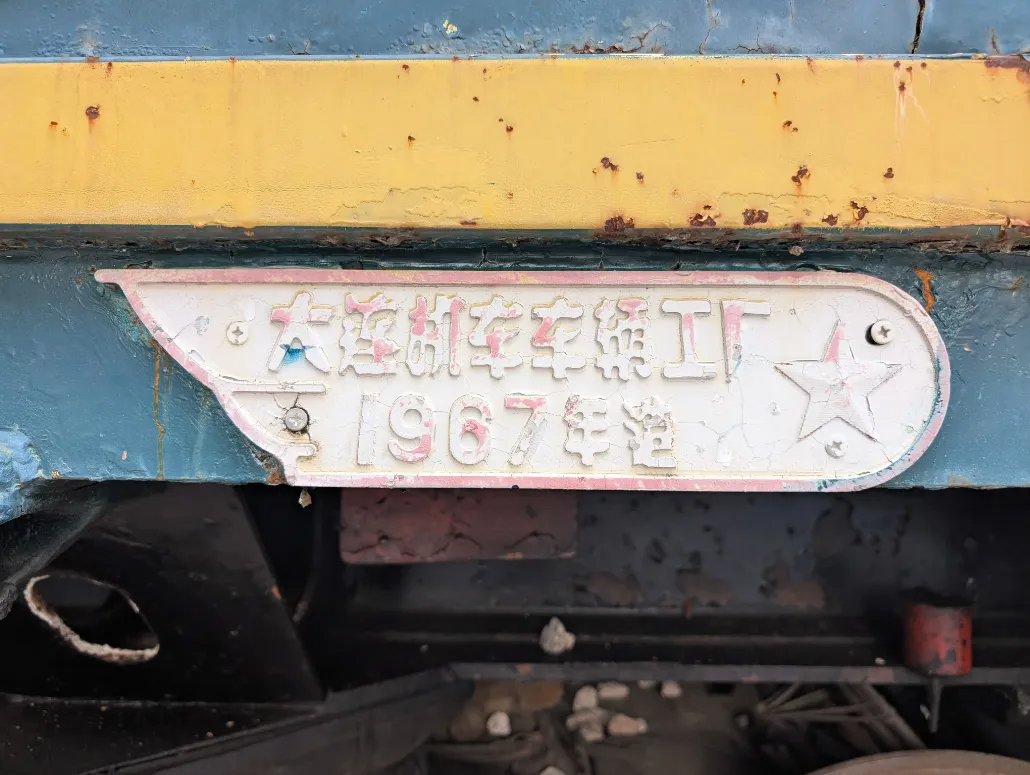
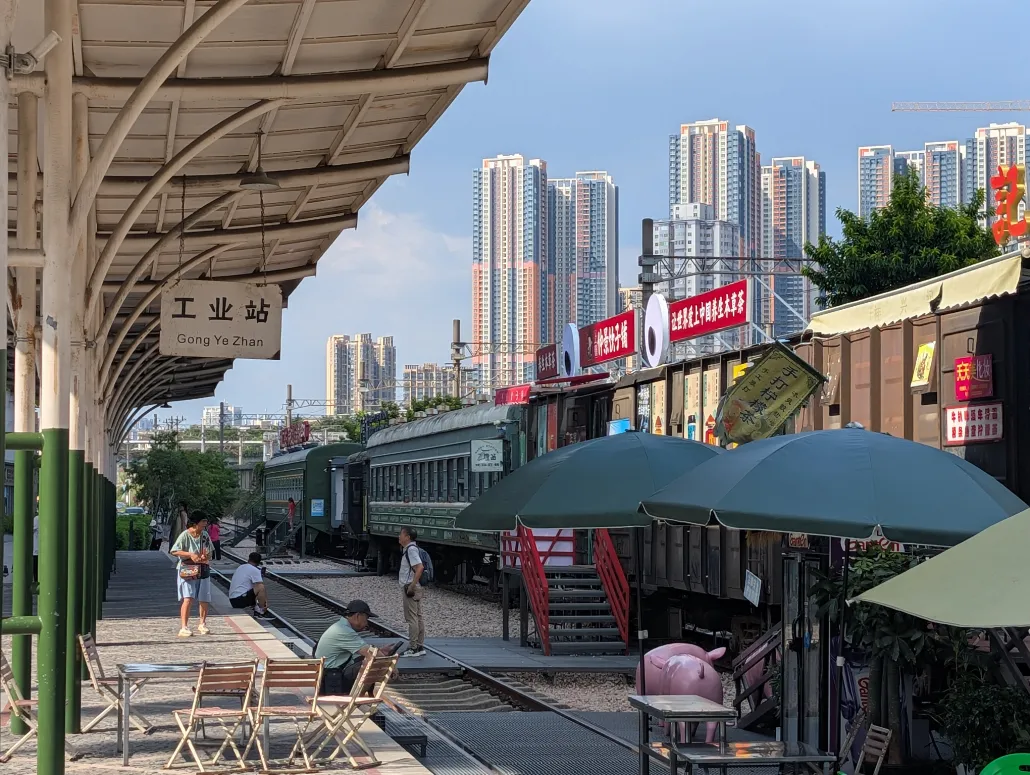
This area is said to be the midpoint of Qingshuihe Railway Park.
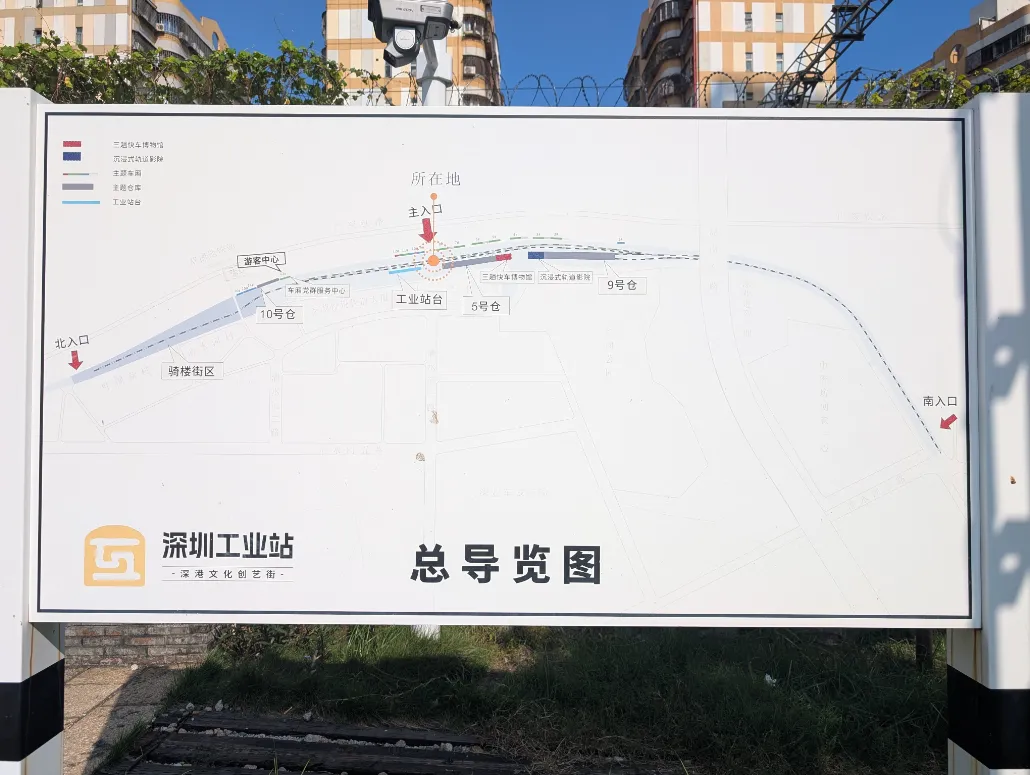
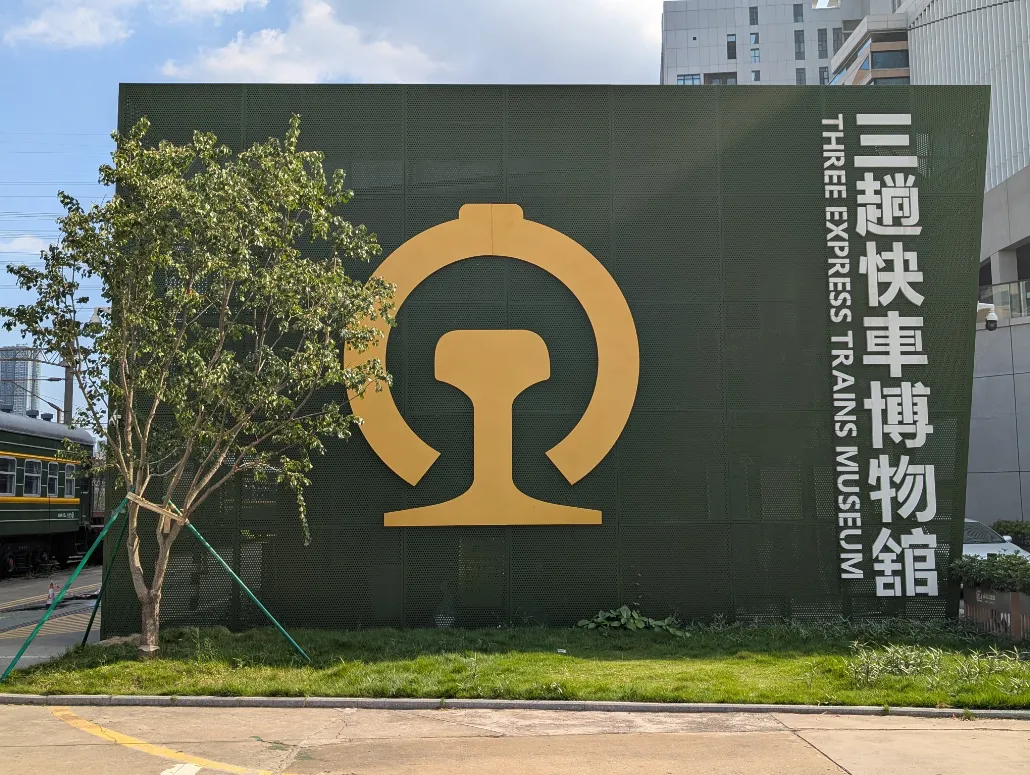

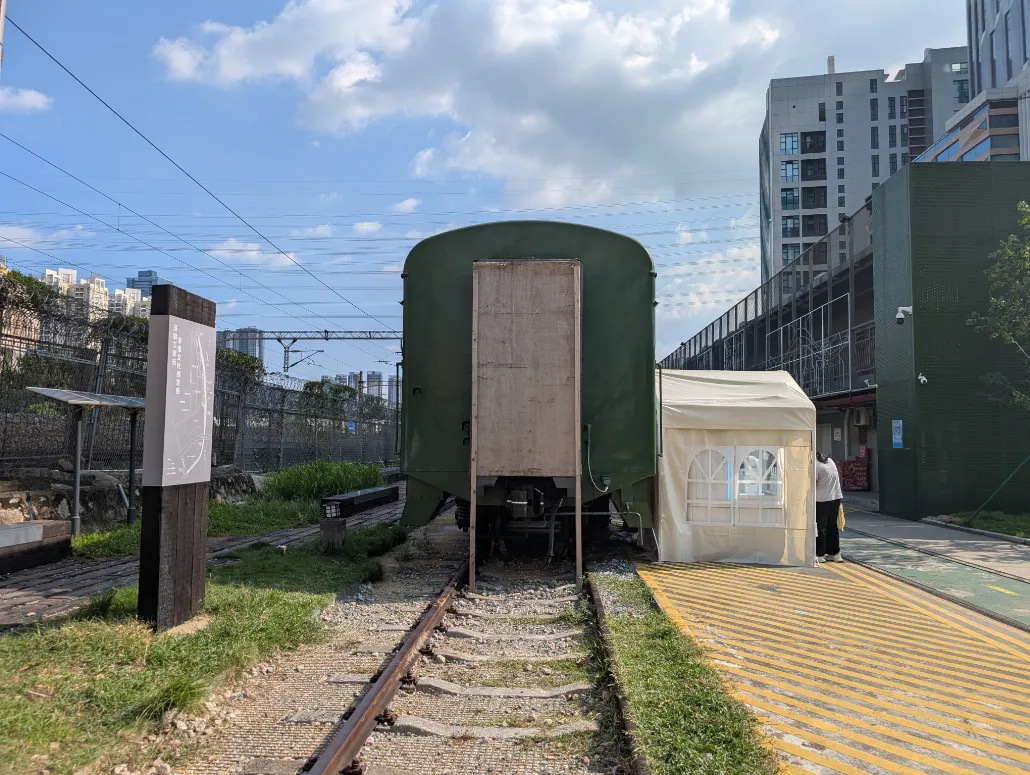
Continue walking toward the end.

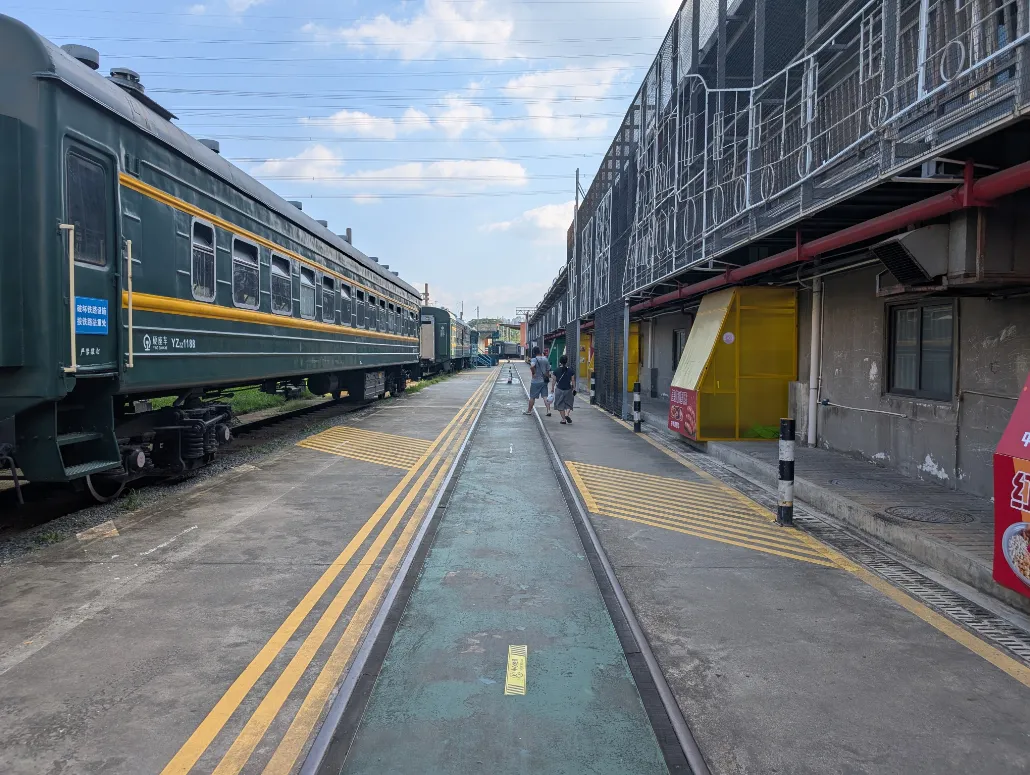
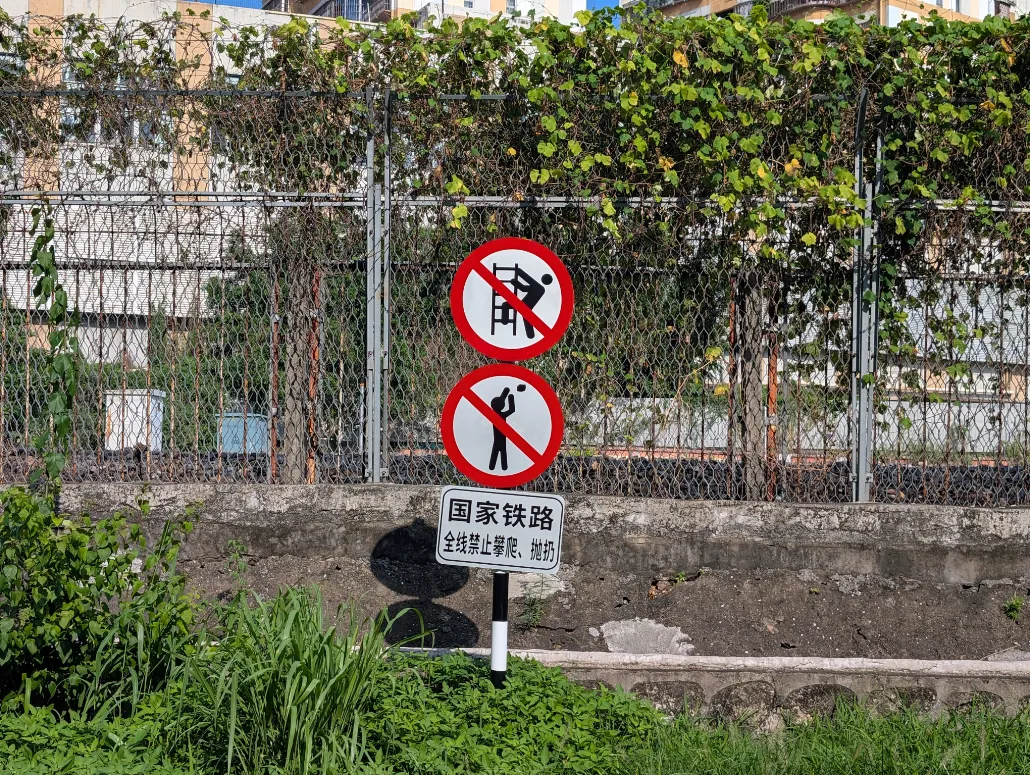



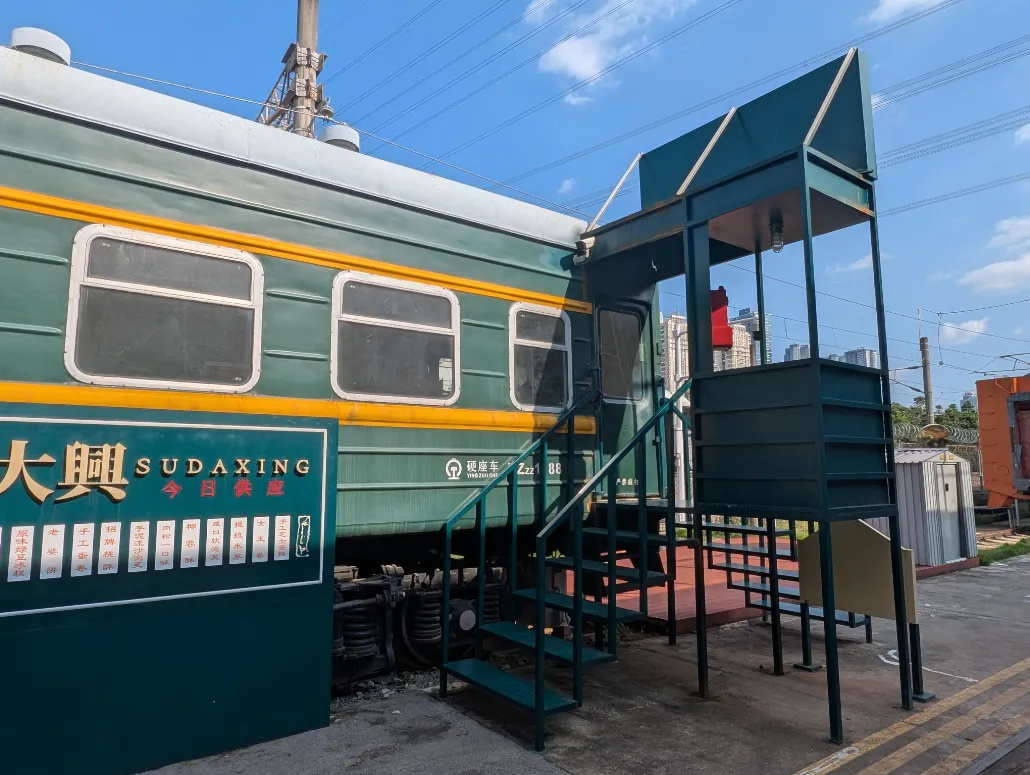
There is a hard-seat passenger carriage numbered “YZzz1188”.
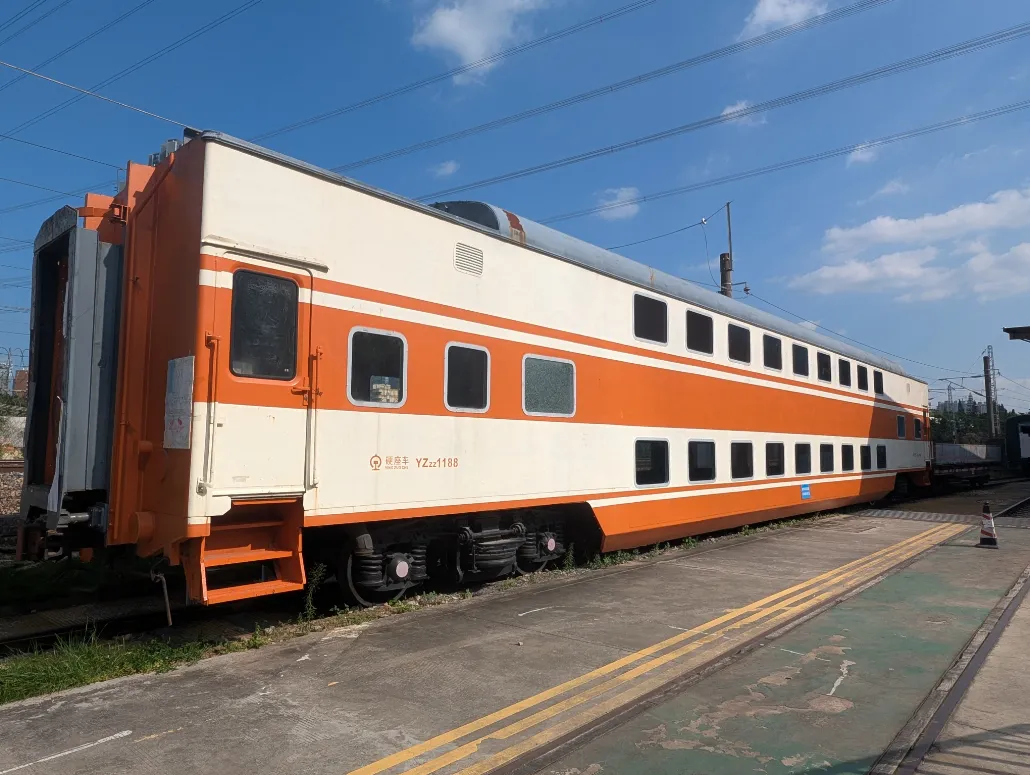
By the way, if you want to walk to the end of Qingshuihe Railway Park, it’s quite a distance.
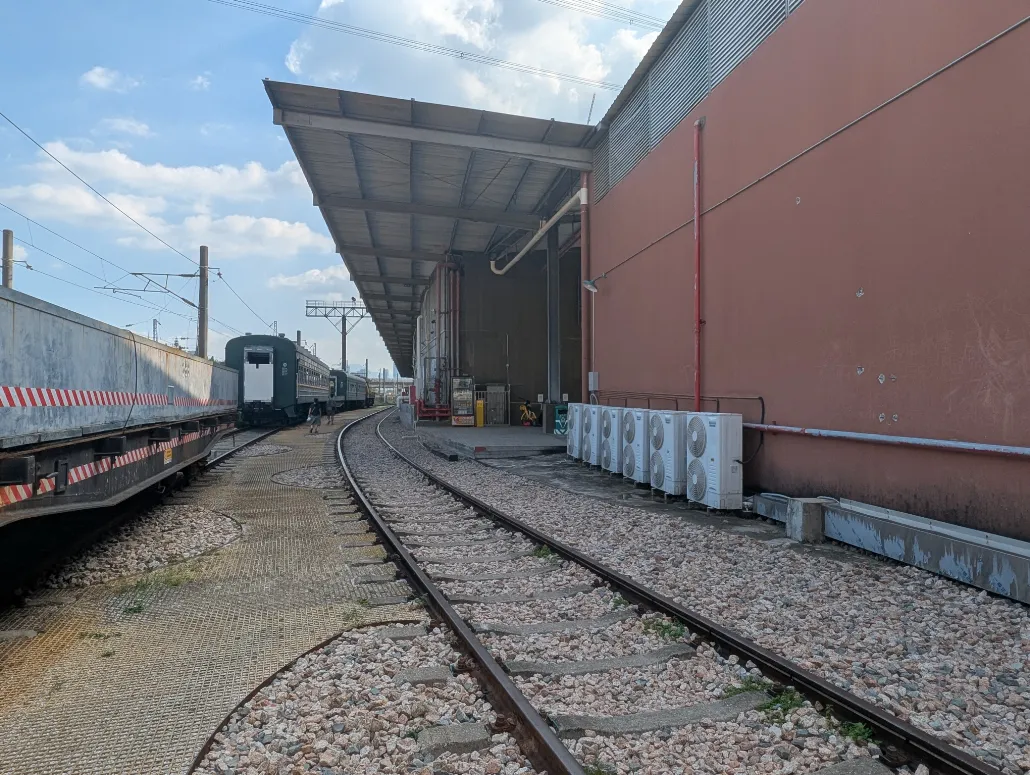
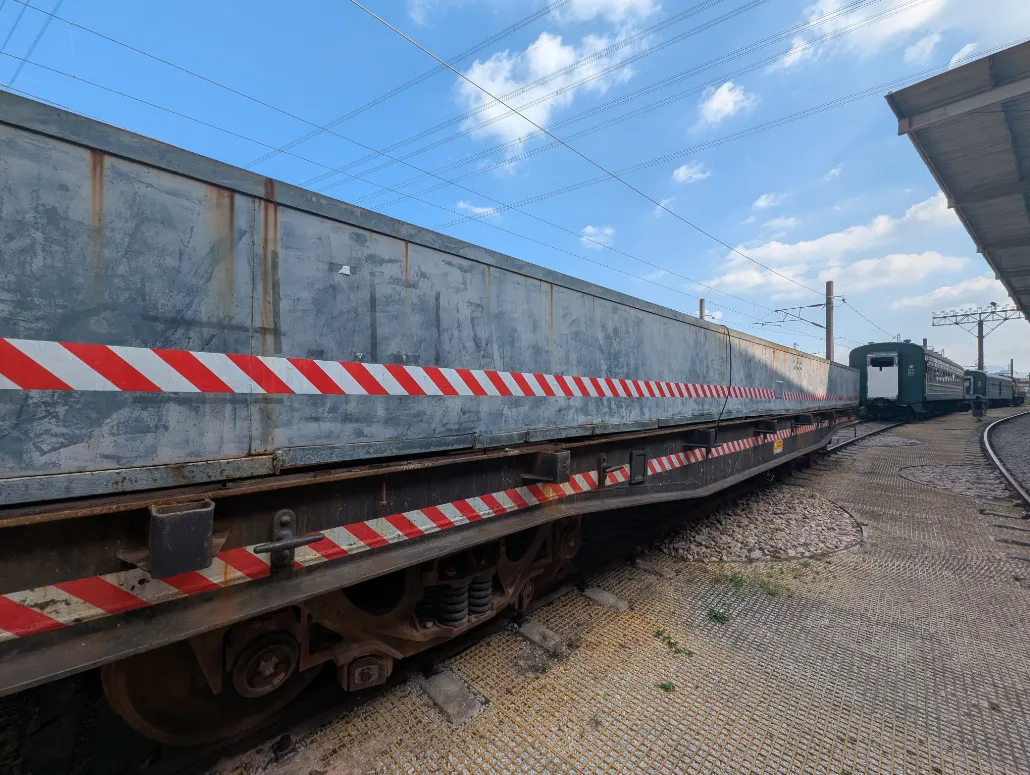

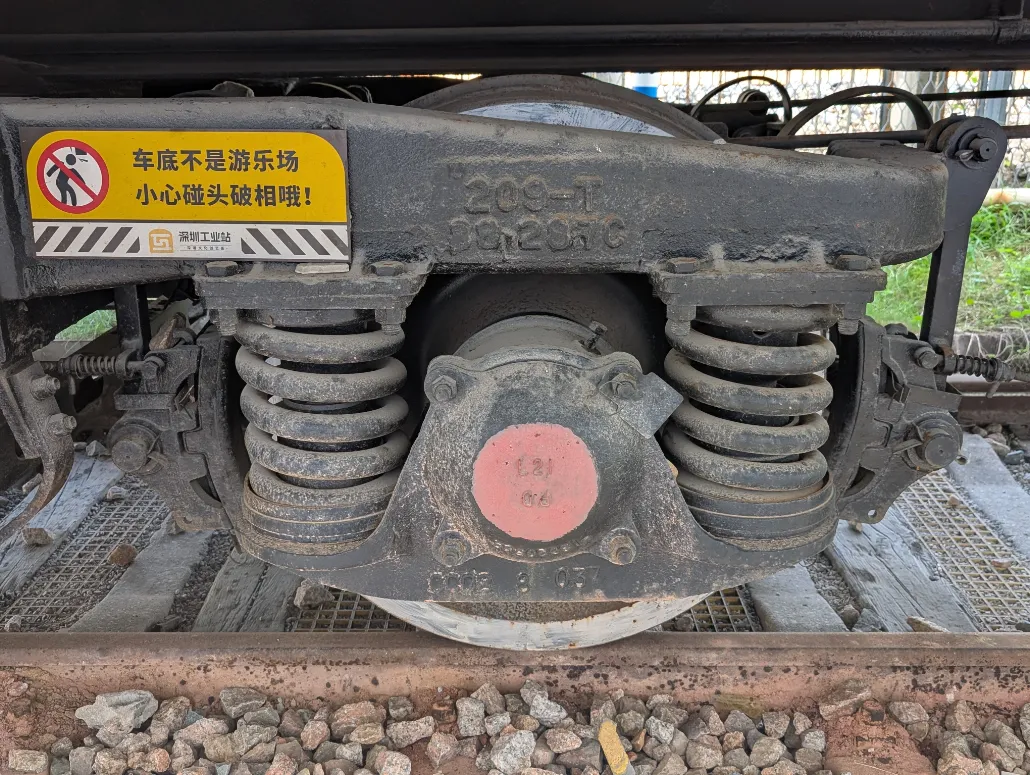


Along the way, a diesel locomotive numbered “Dongfeng 1134” is also preserved in static condition.
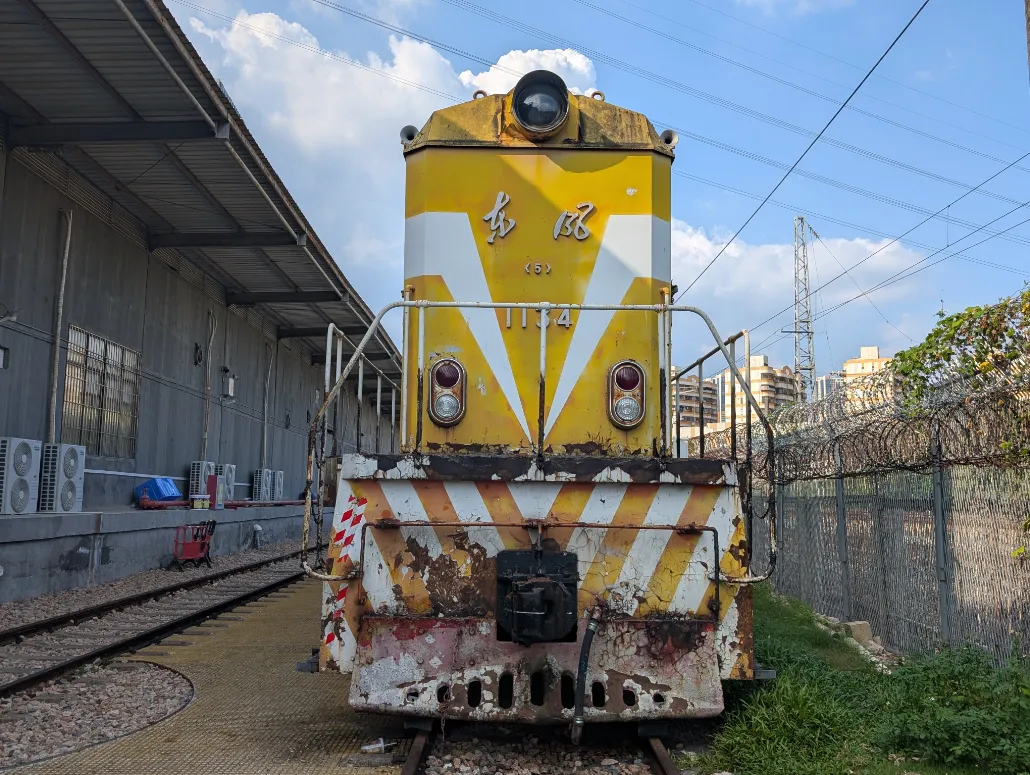

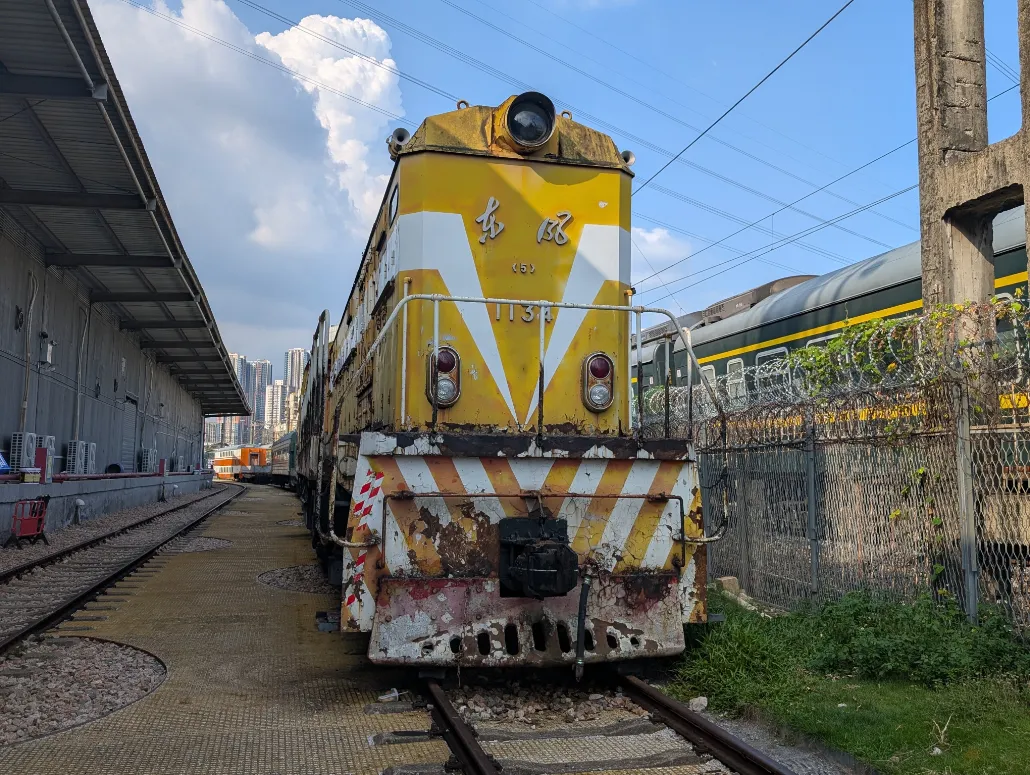

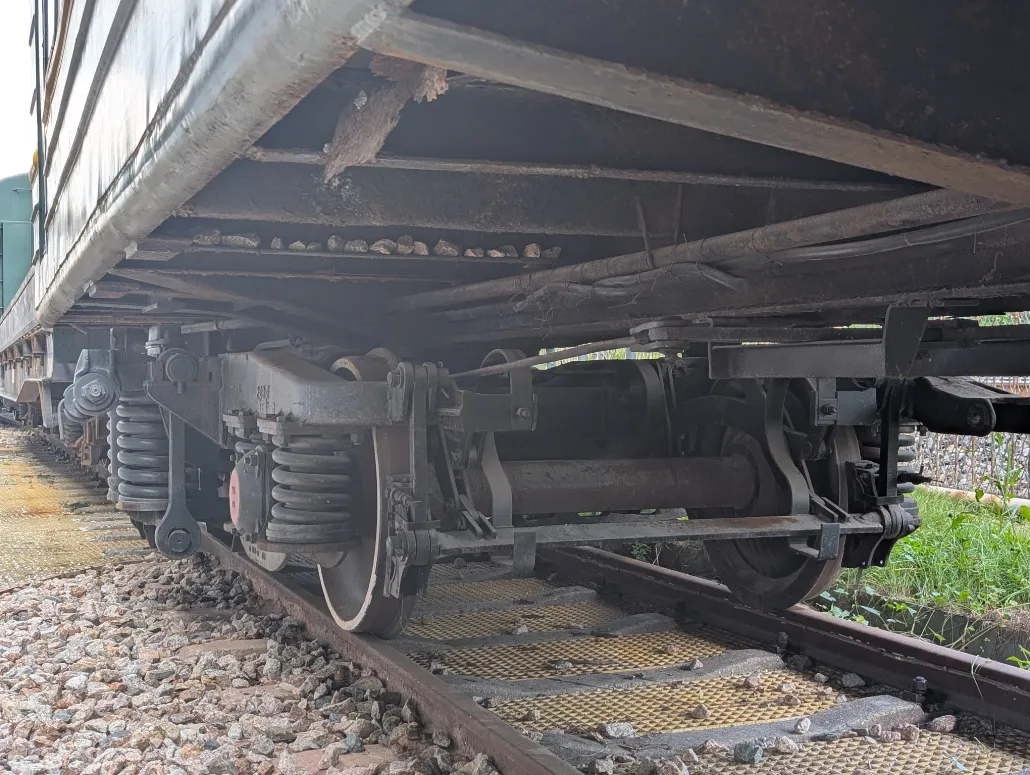
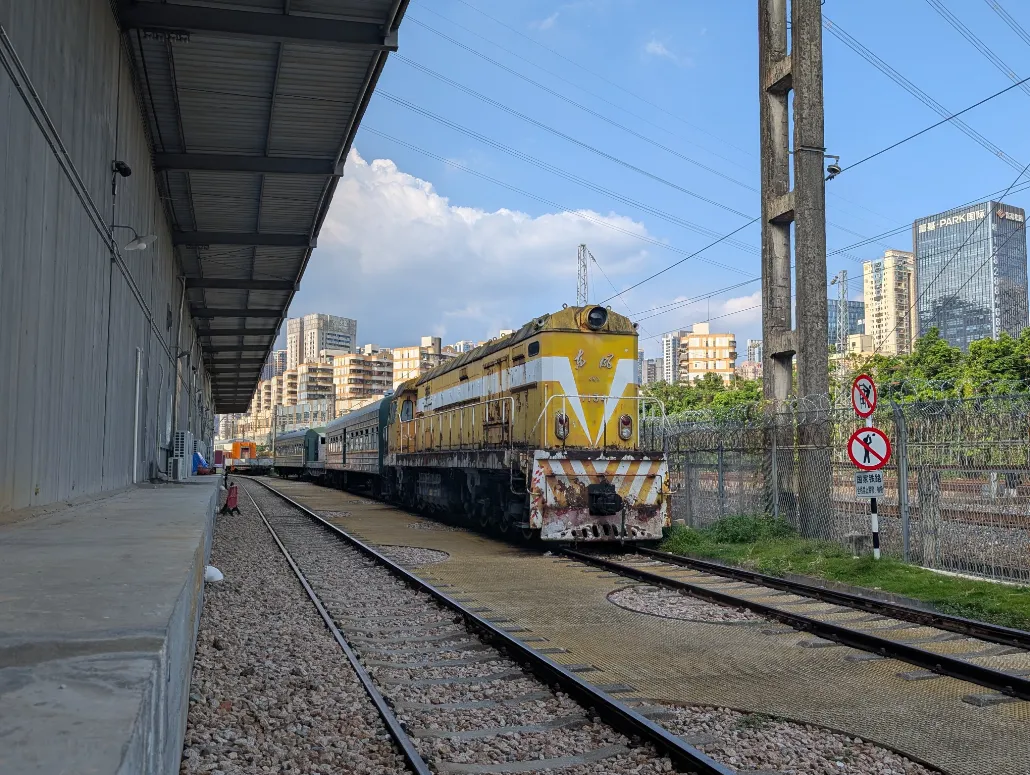

Continue walking along the railway tracks toward the end.

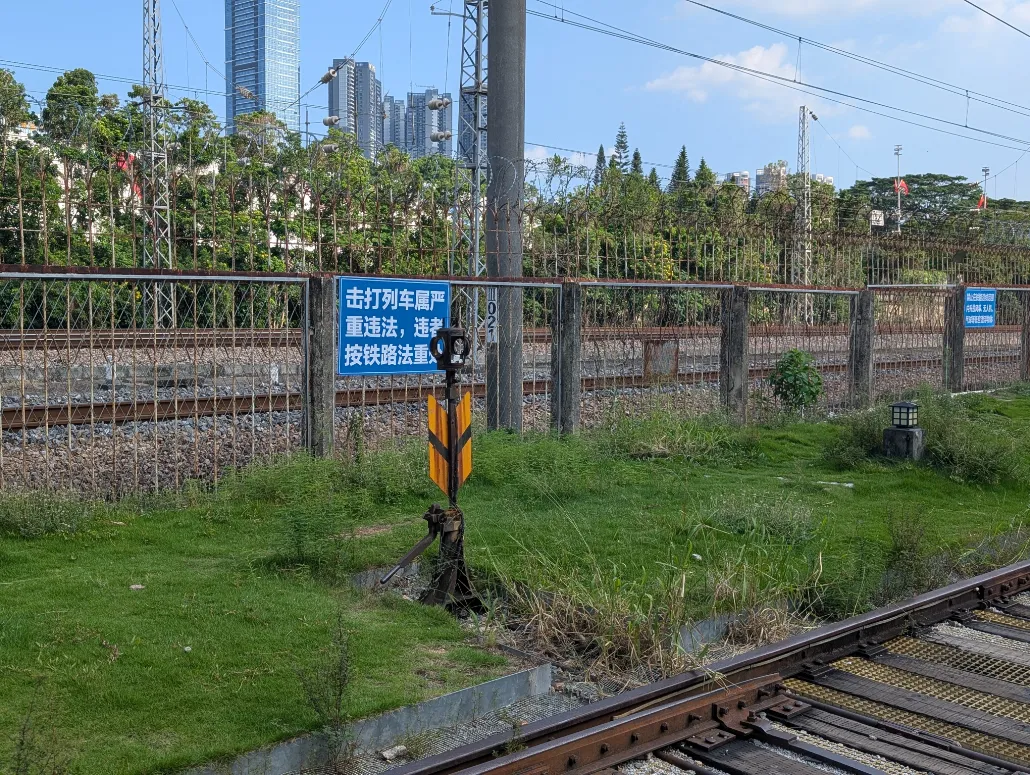
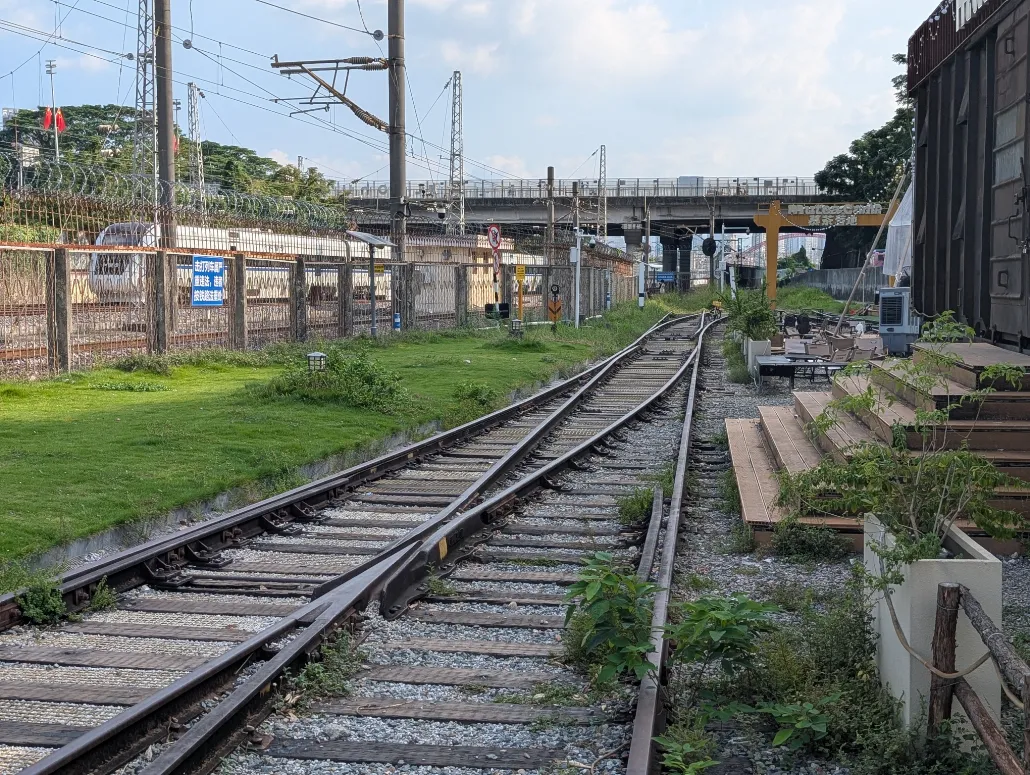
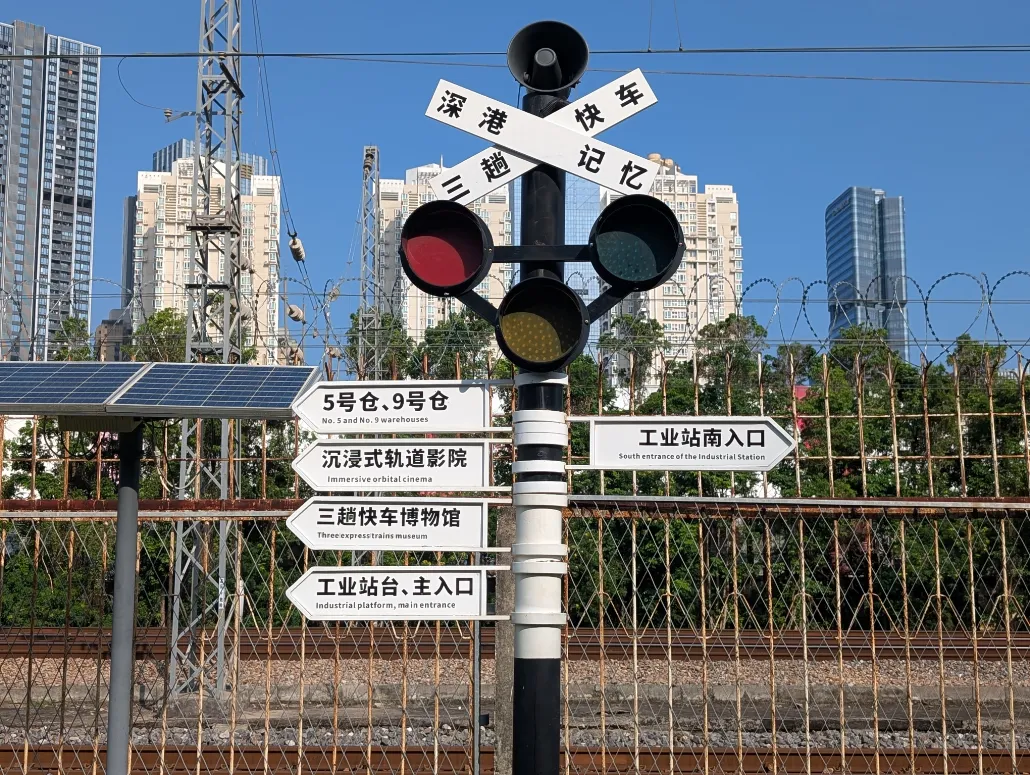

This station sign is probably an original one that didn’t exist back then.

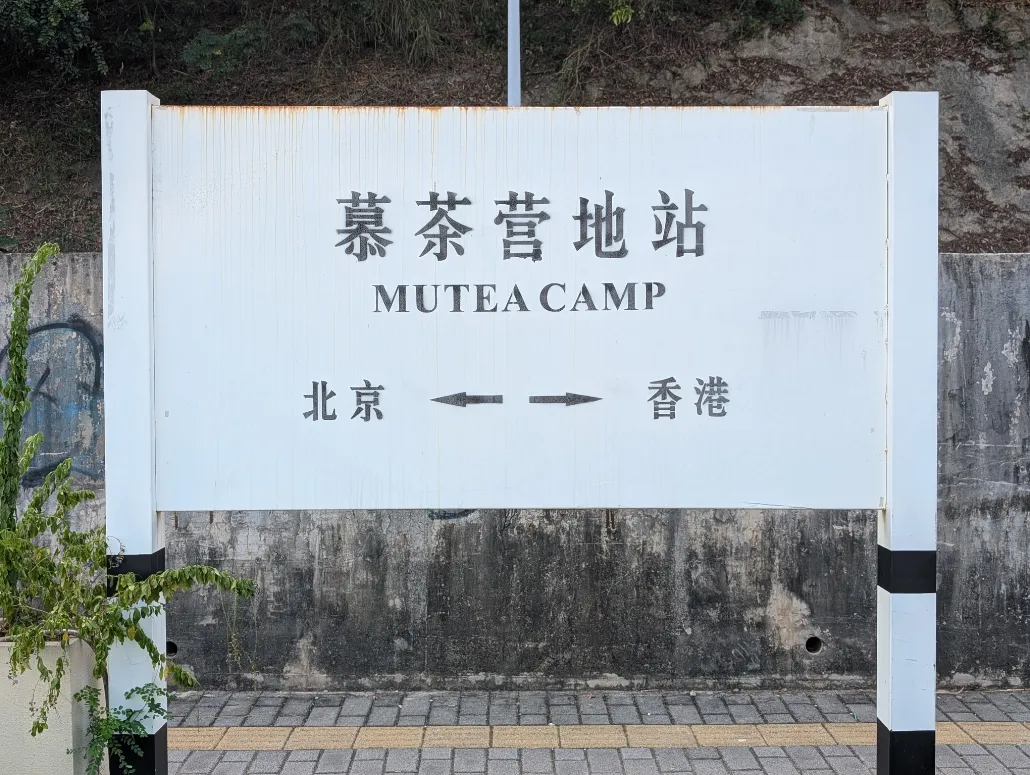
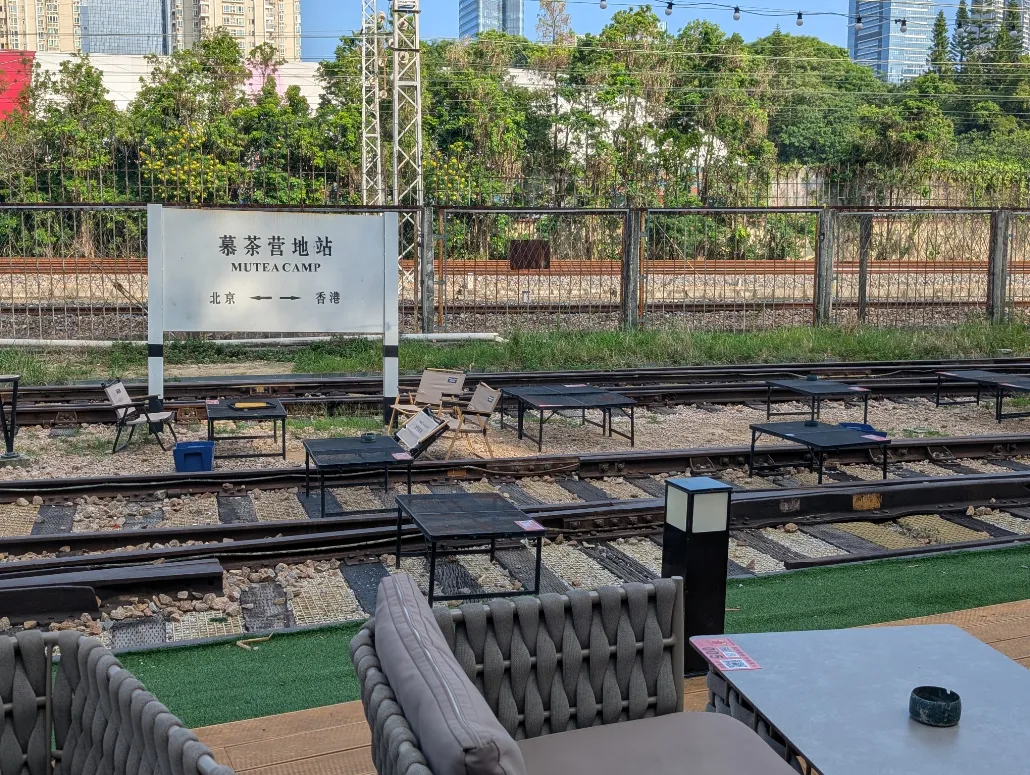
Meituan shared bikes are placed within the railway track area.
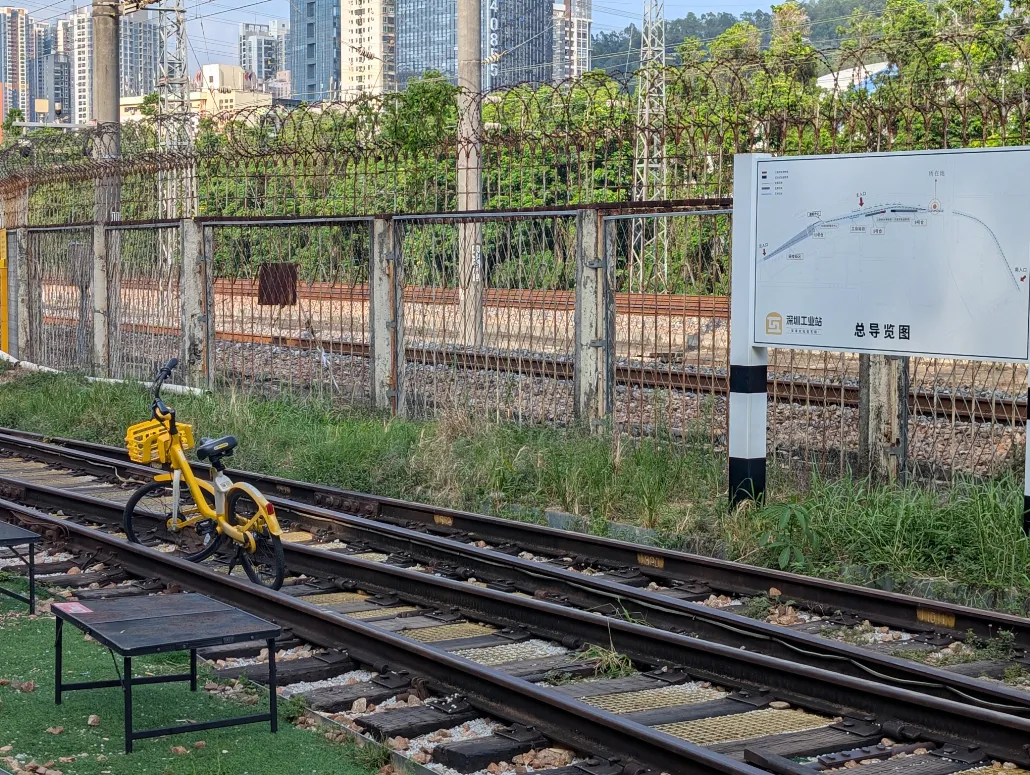
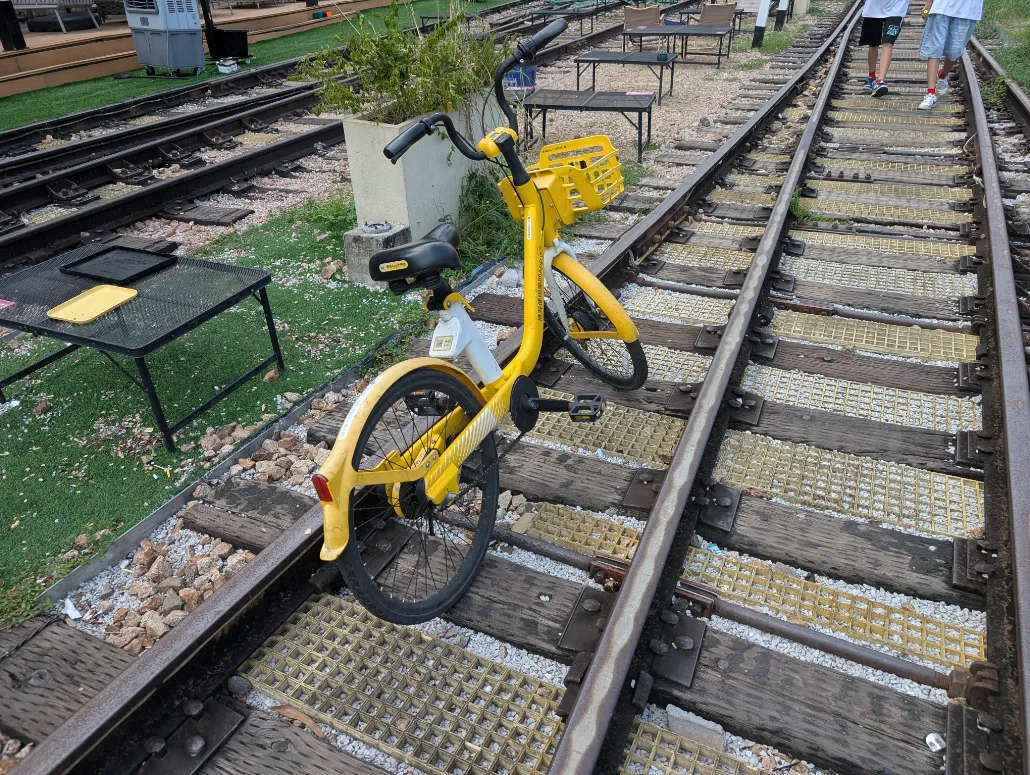
This is the point where the railway tracks diverge.
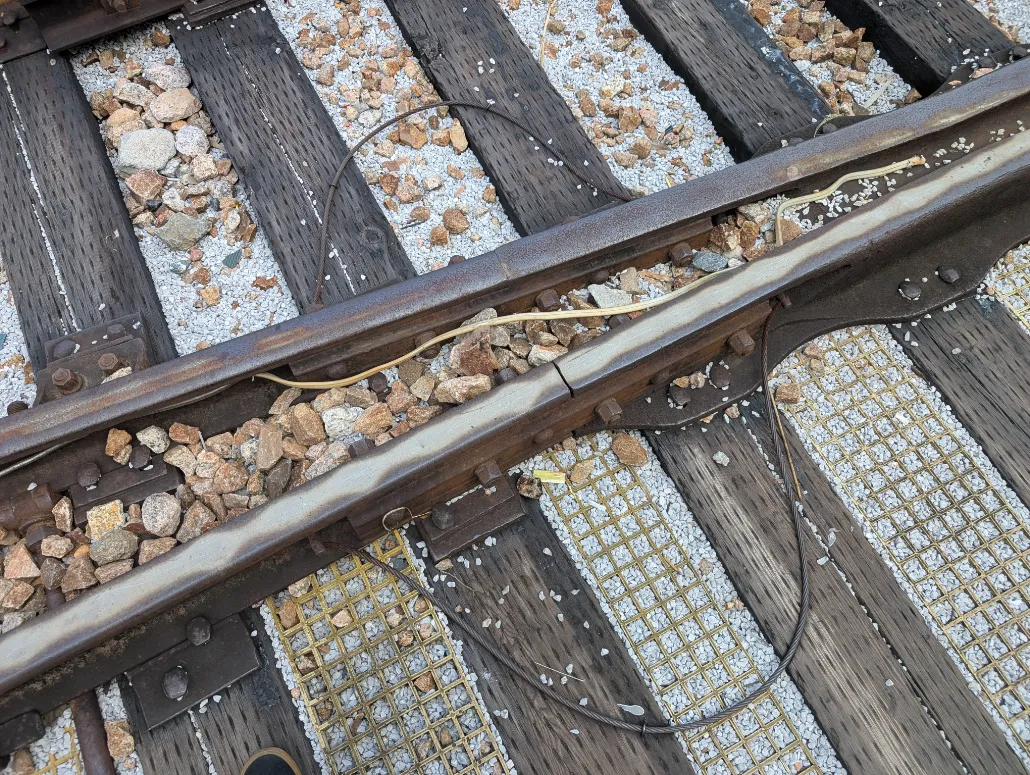


I think this area is probably the end of Qingshuihe Railway Park. Beyond here, even the traces of the railway tracks disappear, giving way to a residential area.




After returning to the first entrance of Qingshuihe Railway Park, I step into a shop renovated from the interior of a passenger carriage.

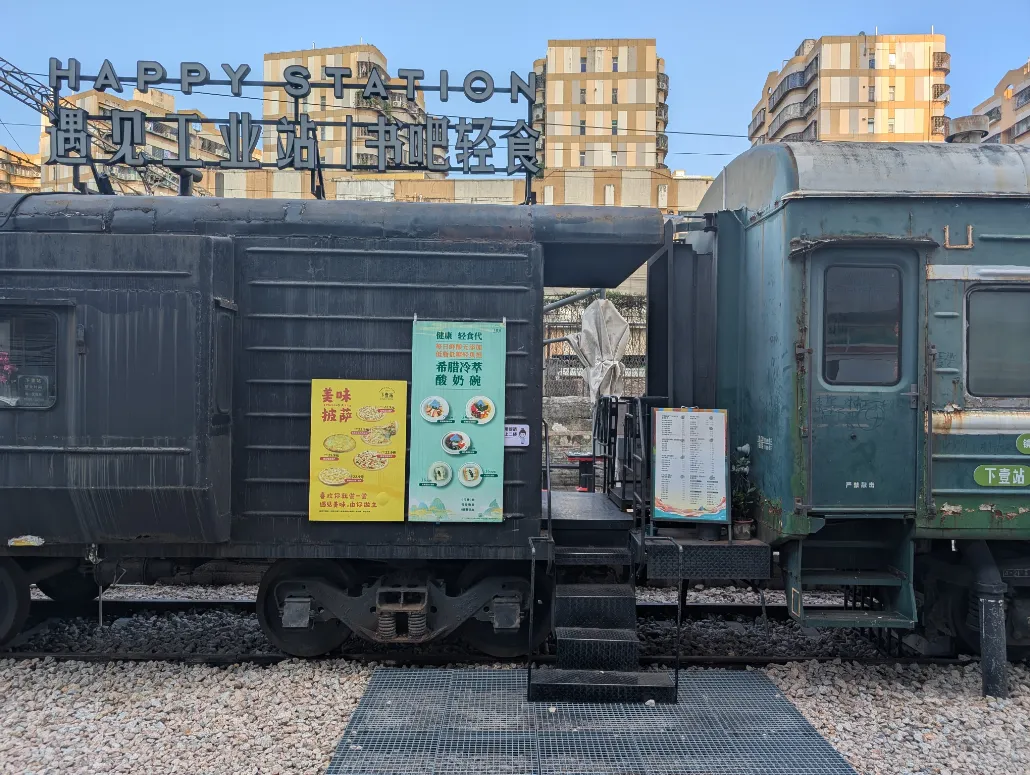
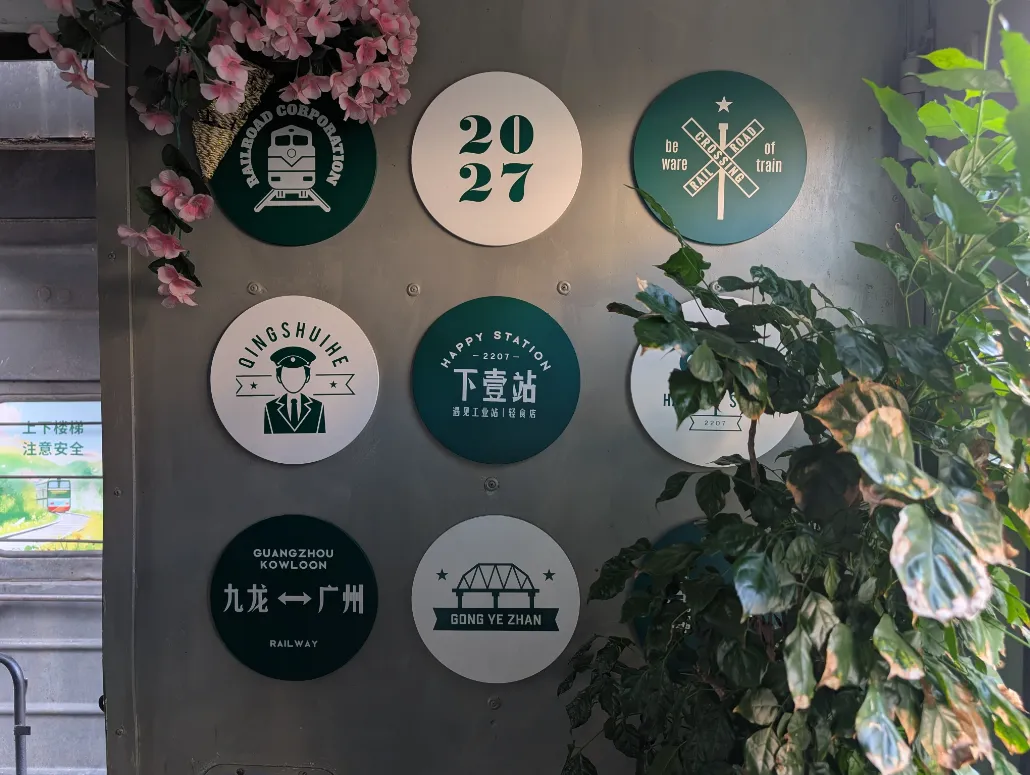

There’s a cat inside the carriage.
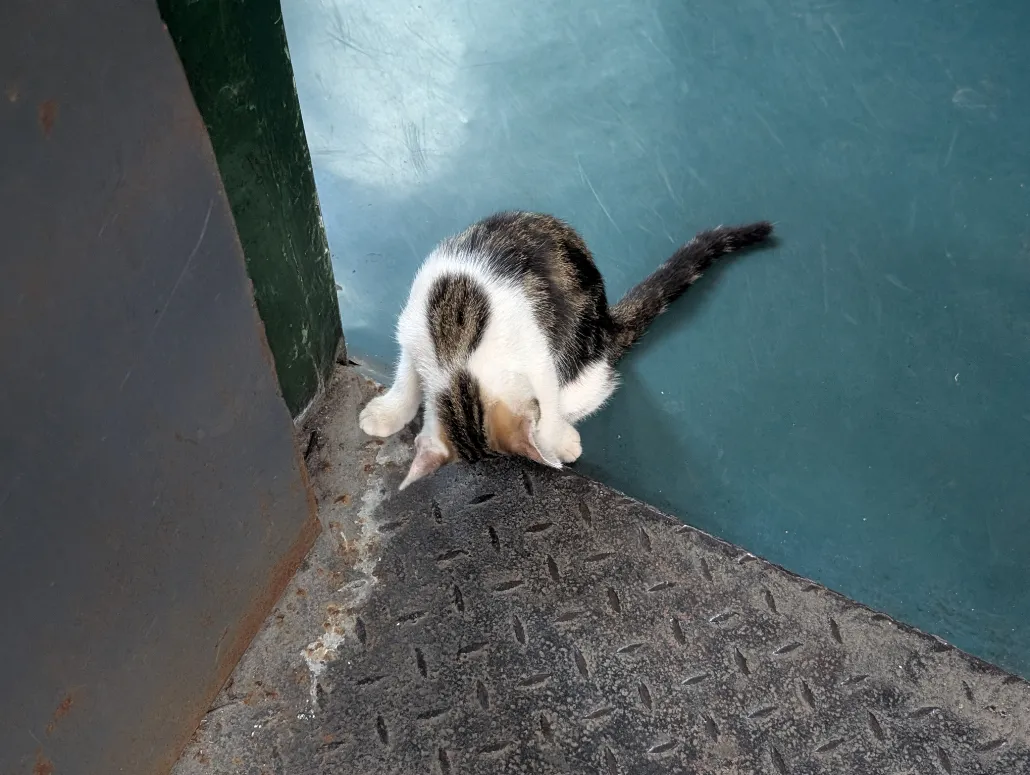
This is the interior of the carriage. It’s been turned into a café, so you can also have a meal here.






It’s about time I head home.


Qingshuihe Railway Park is more than just a tourist spot; it is an industrial heritage site that supported Shenzhen’s remarkable growth.
Take a walk along the railway tracks in the heart of the city and spend some nostalgic time there.
For website creation, server construction/operation
▼ Company WeChat Official Account▼

▼ Contact person in charge WeChat ID ▼


 Follow us on WeChat
Follow us on WeChat
 WeChat Official Account
WeChat Official Account
 Person in ChargeWeChat
Person in ChargeWeChat